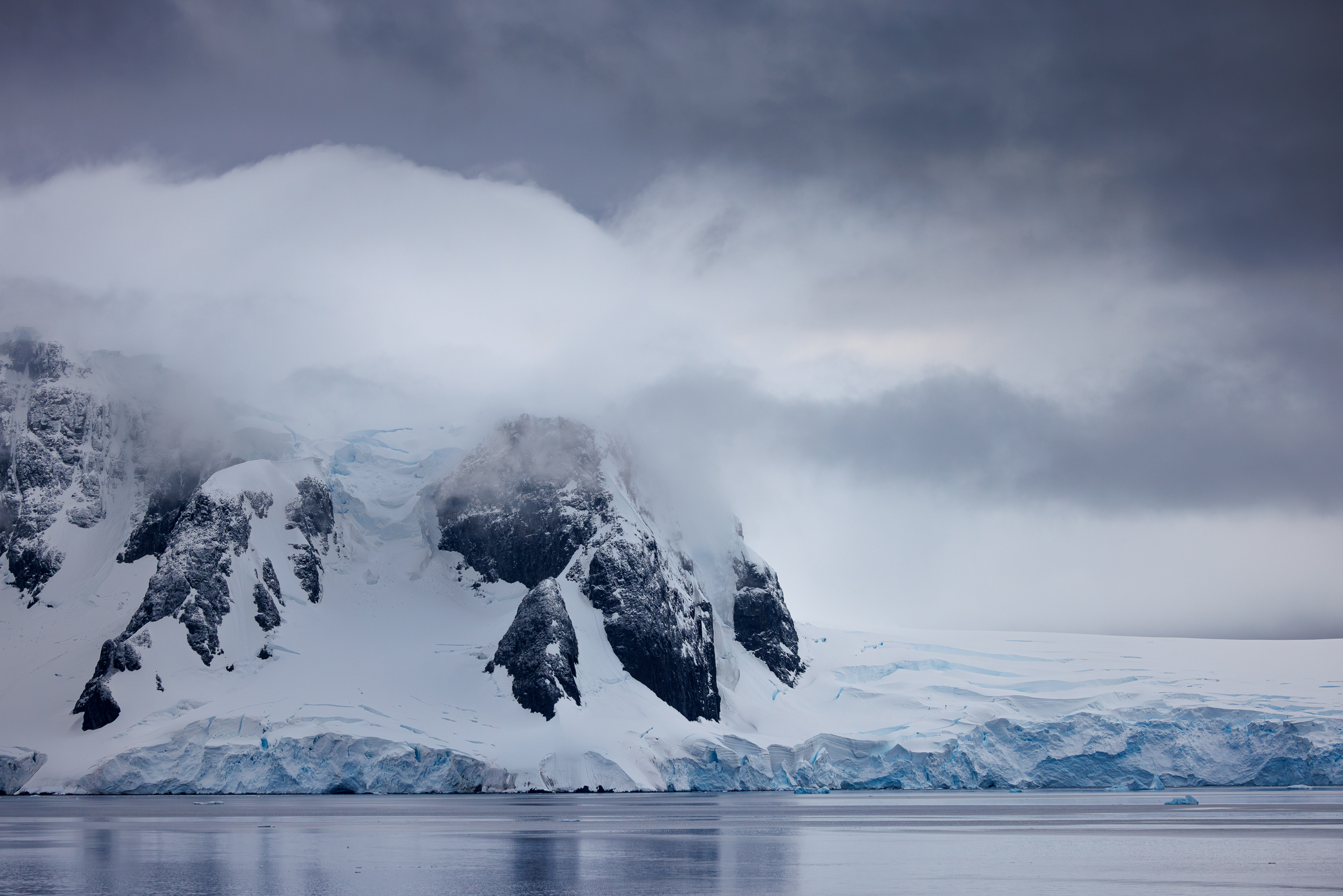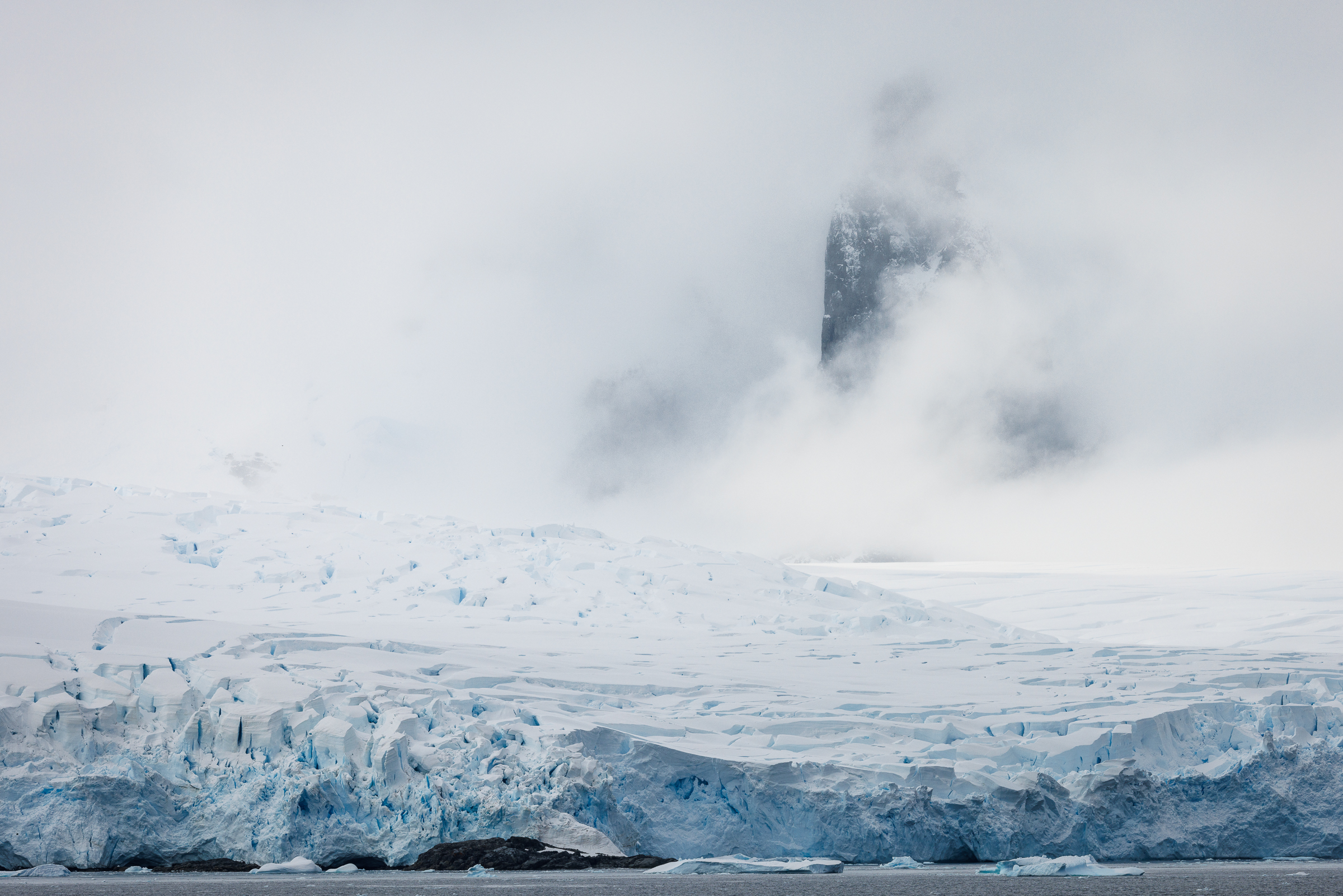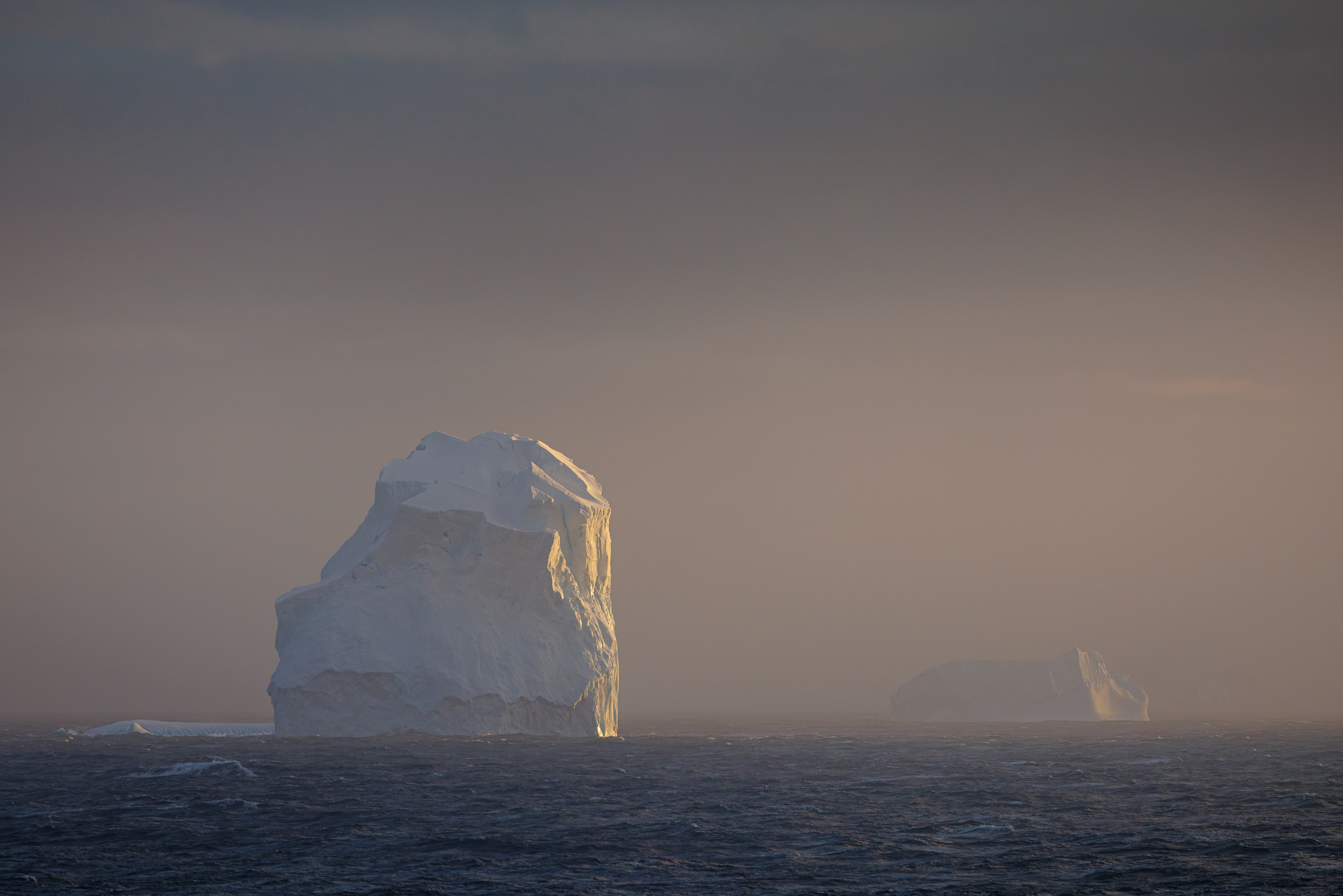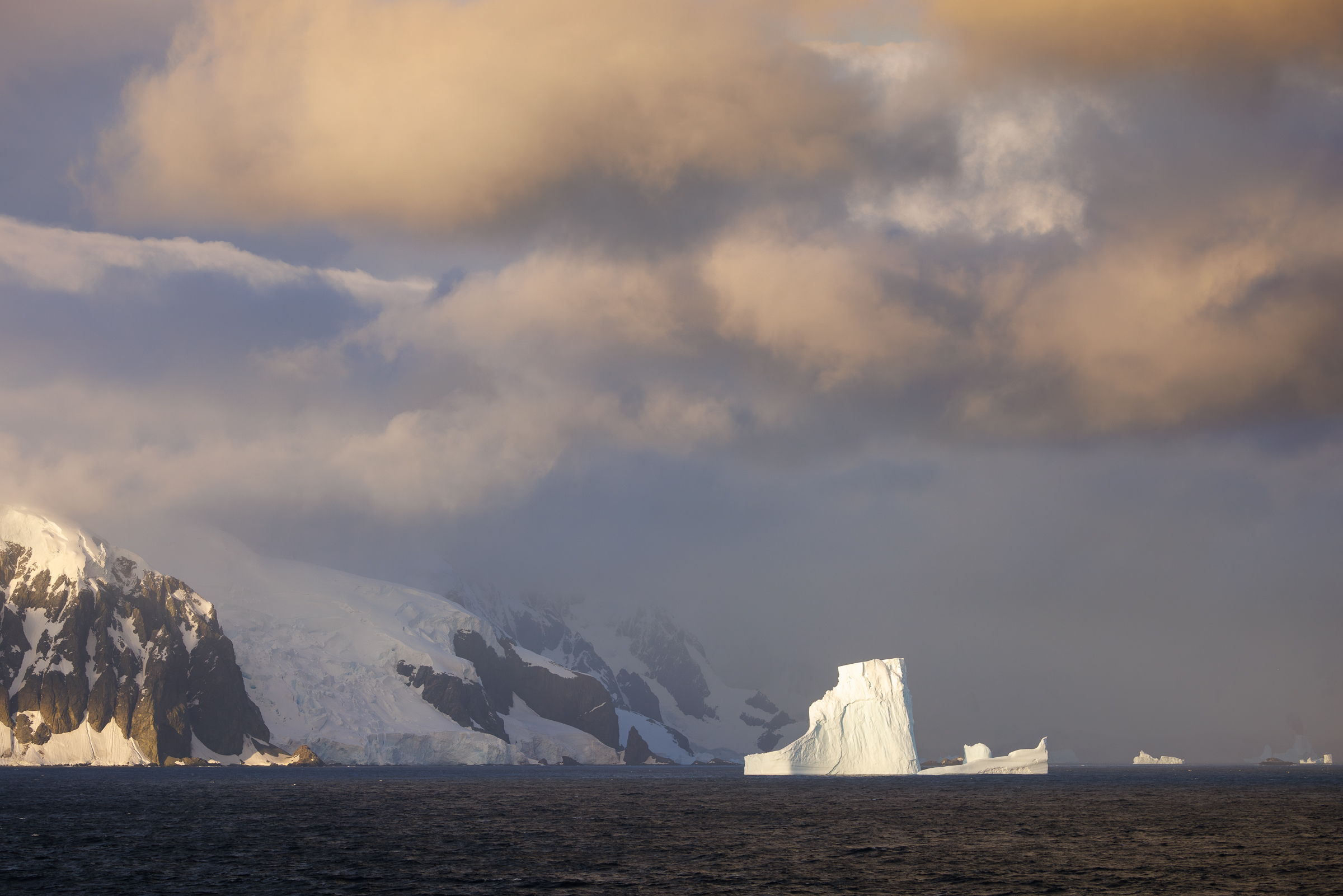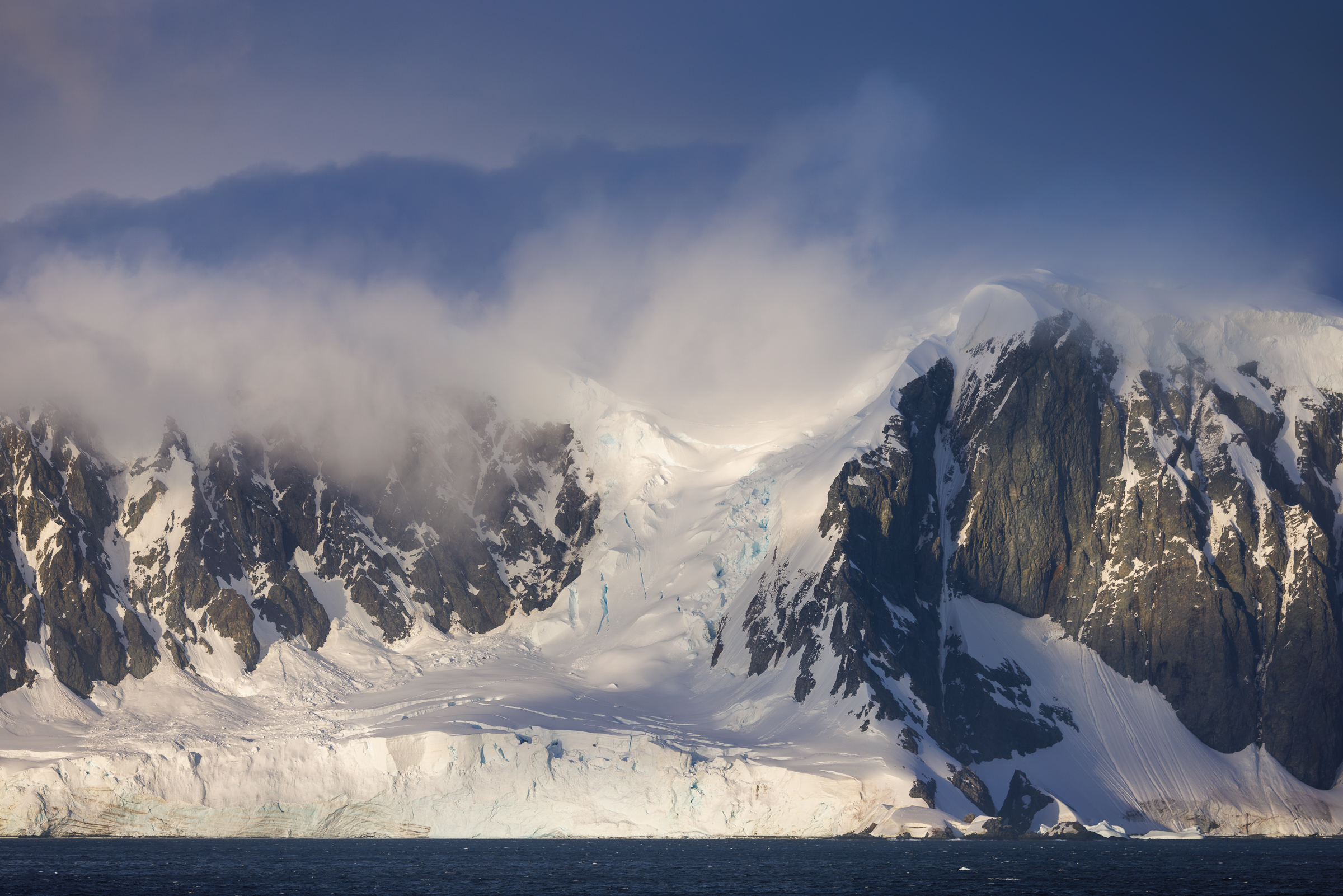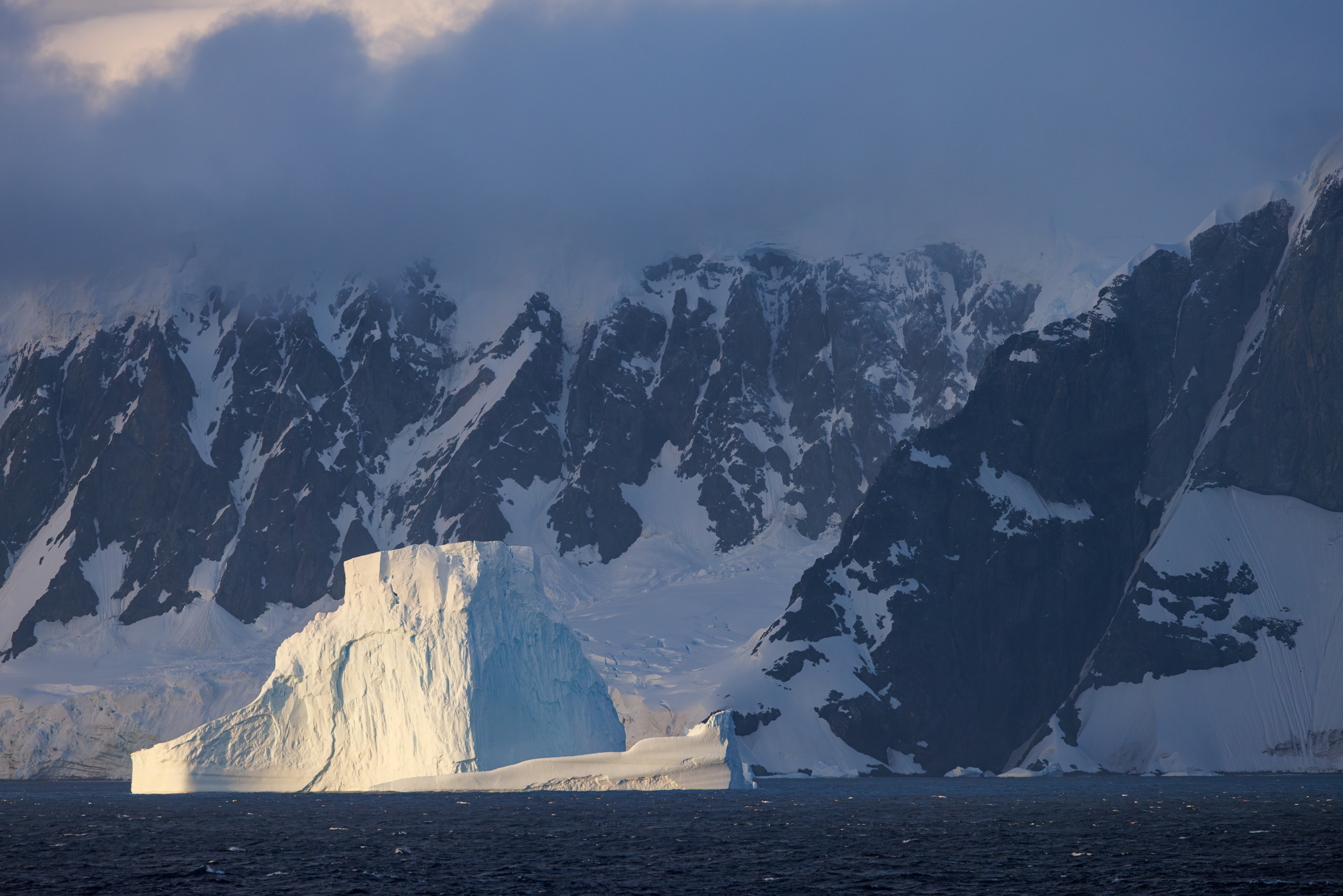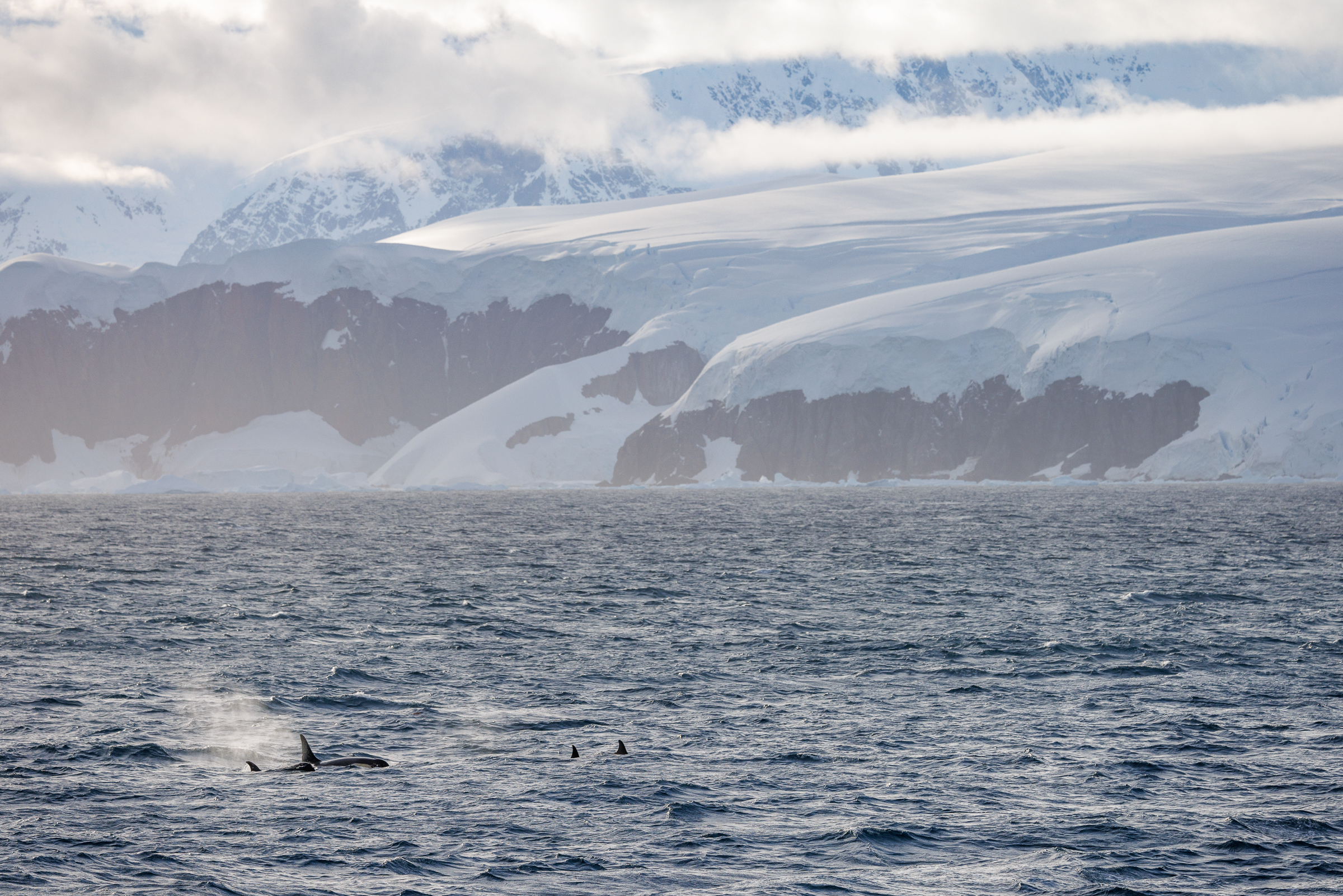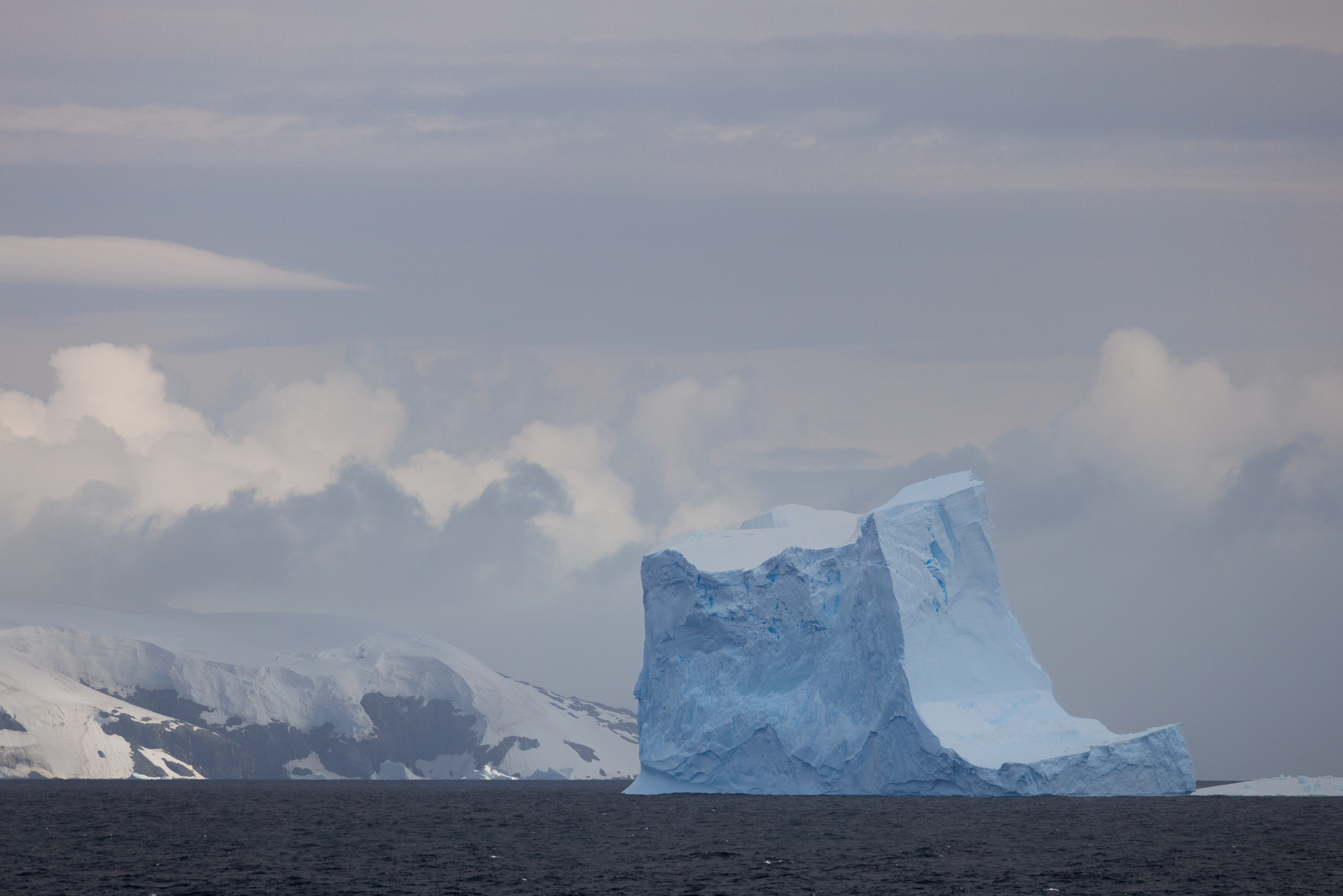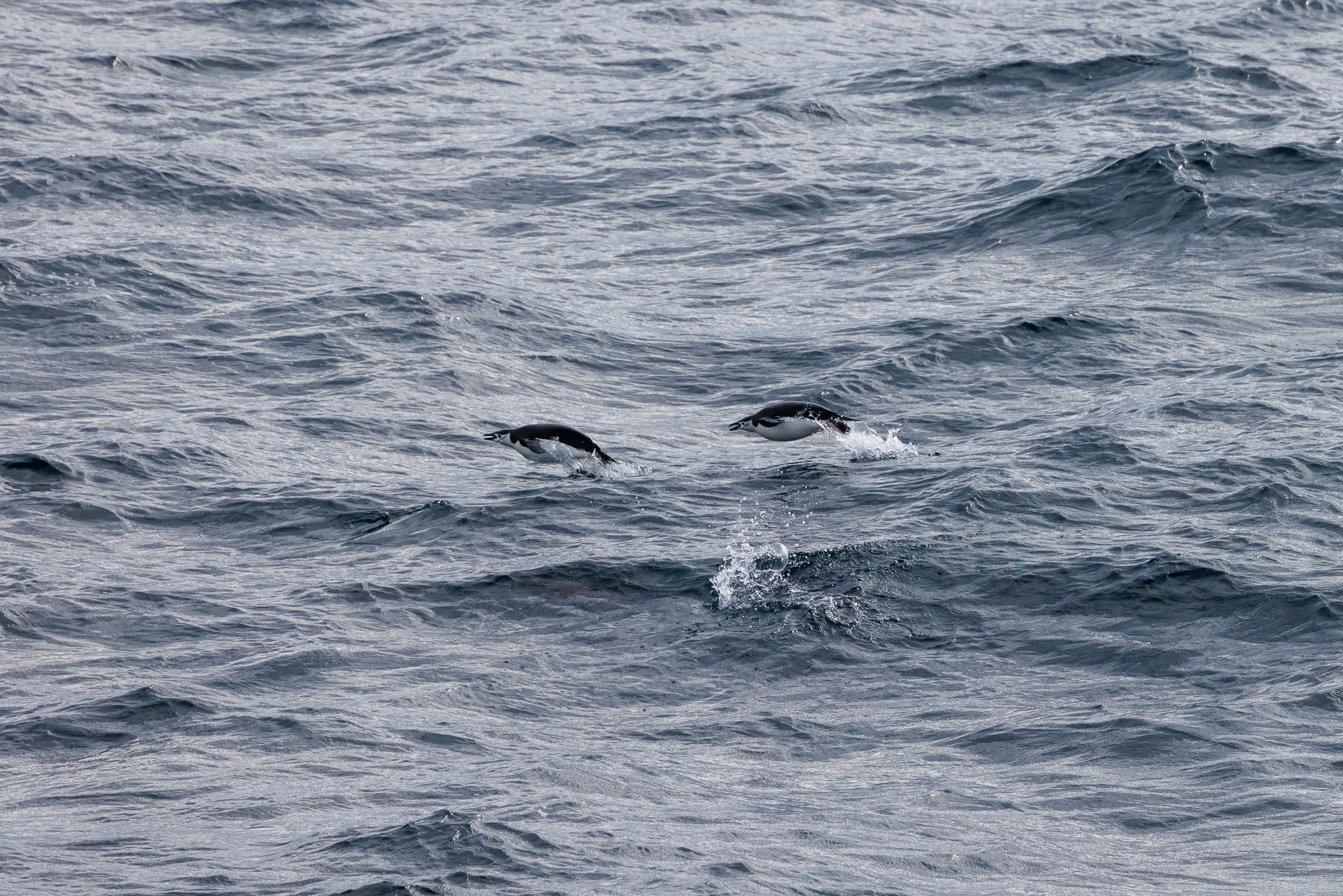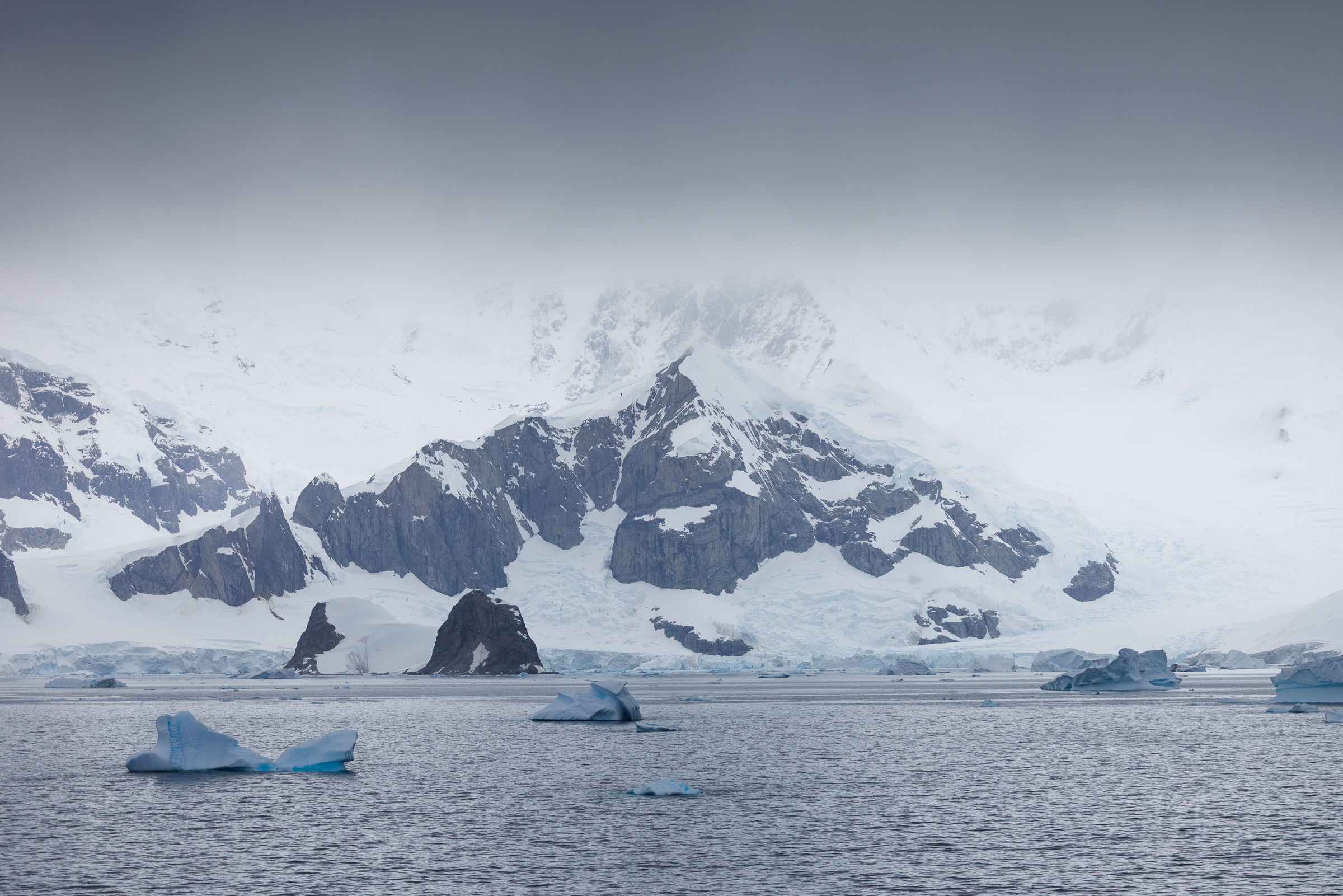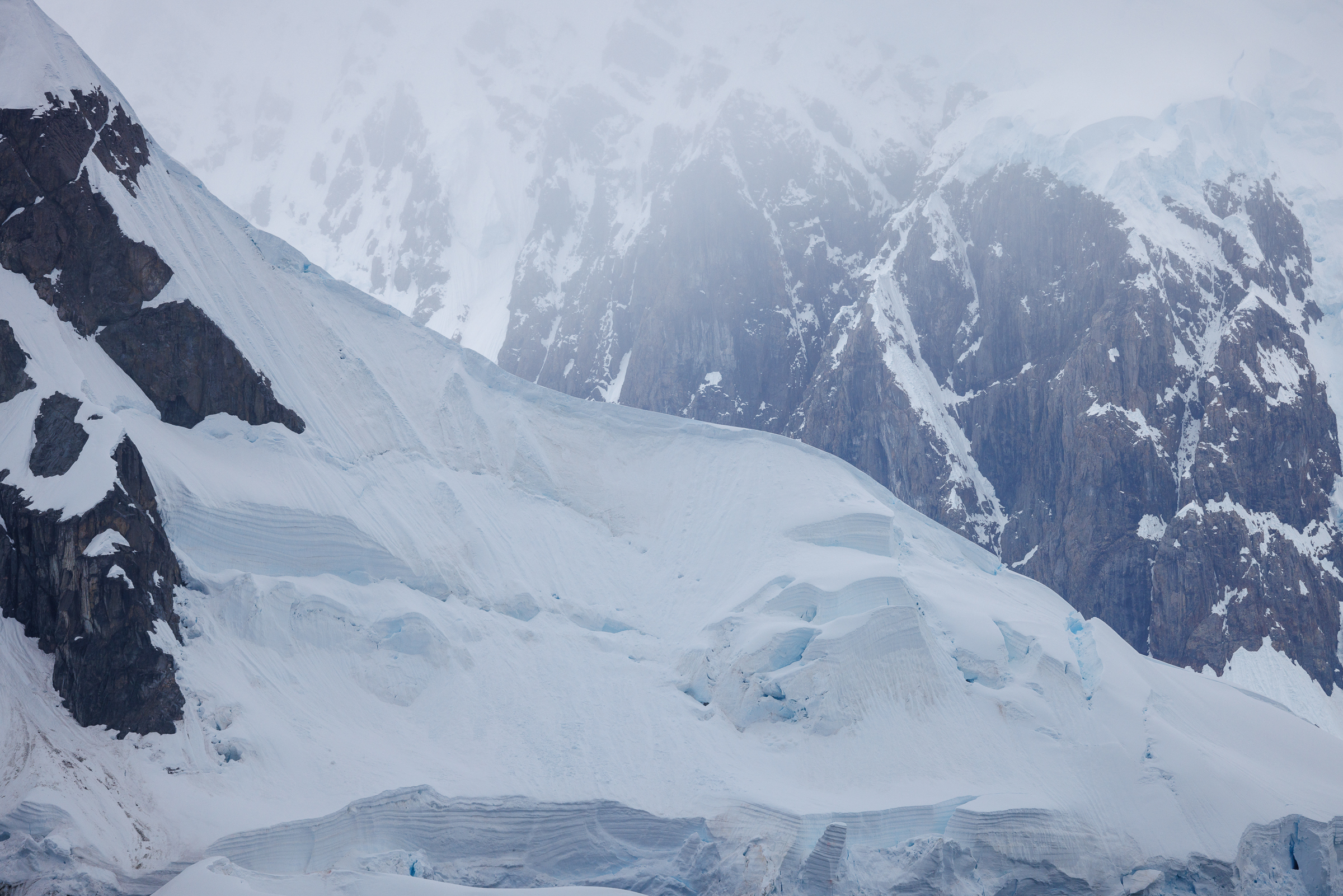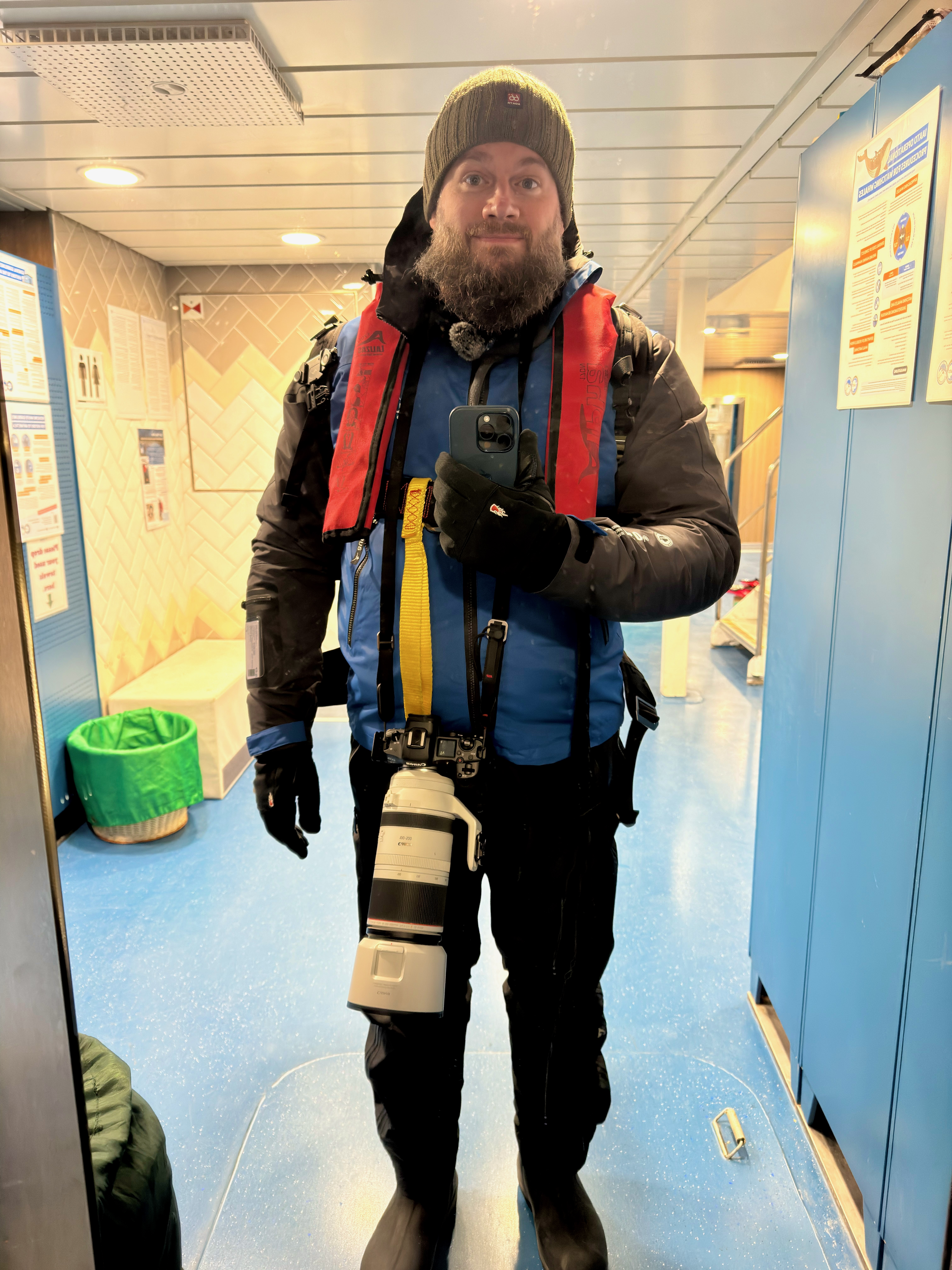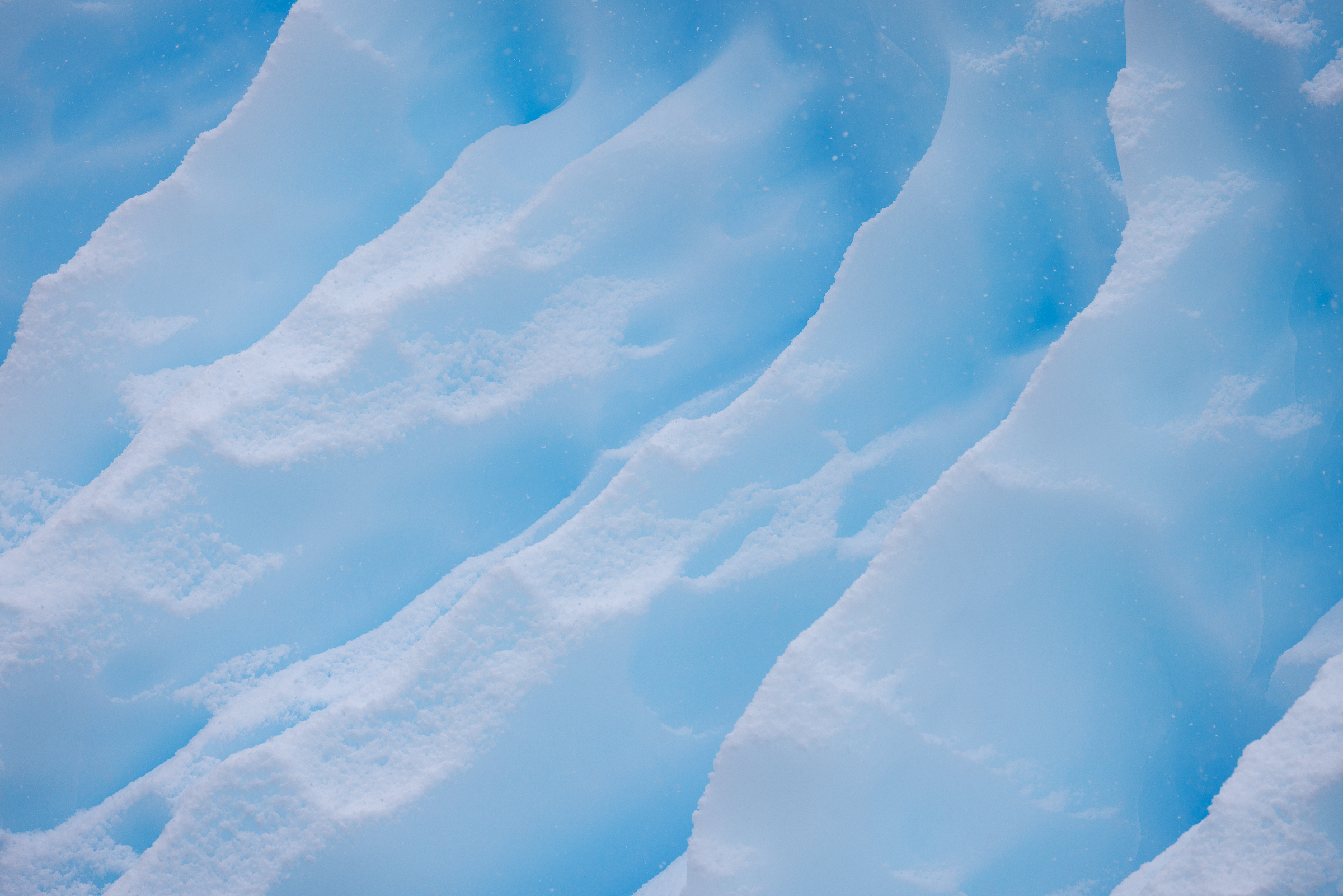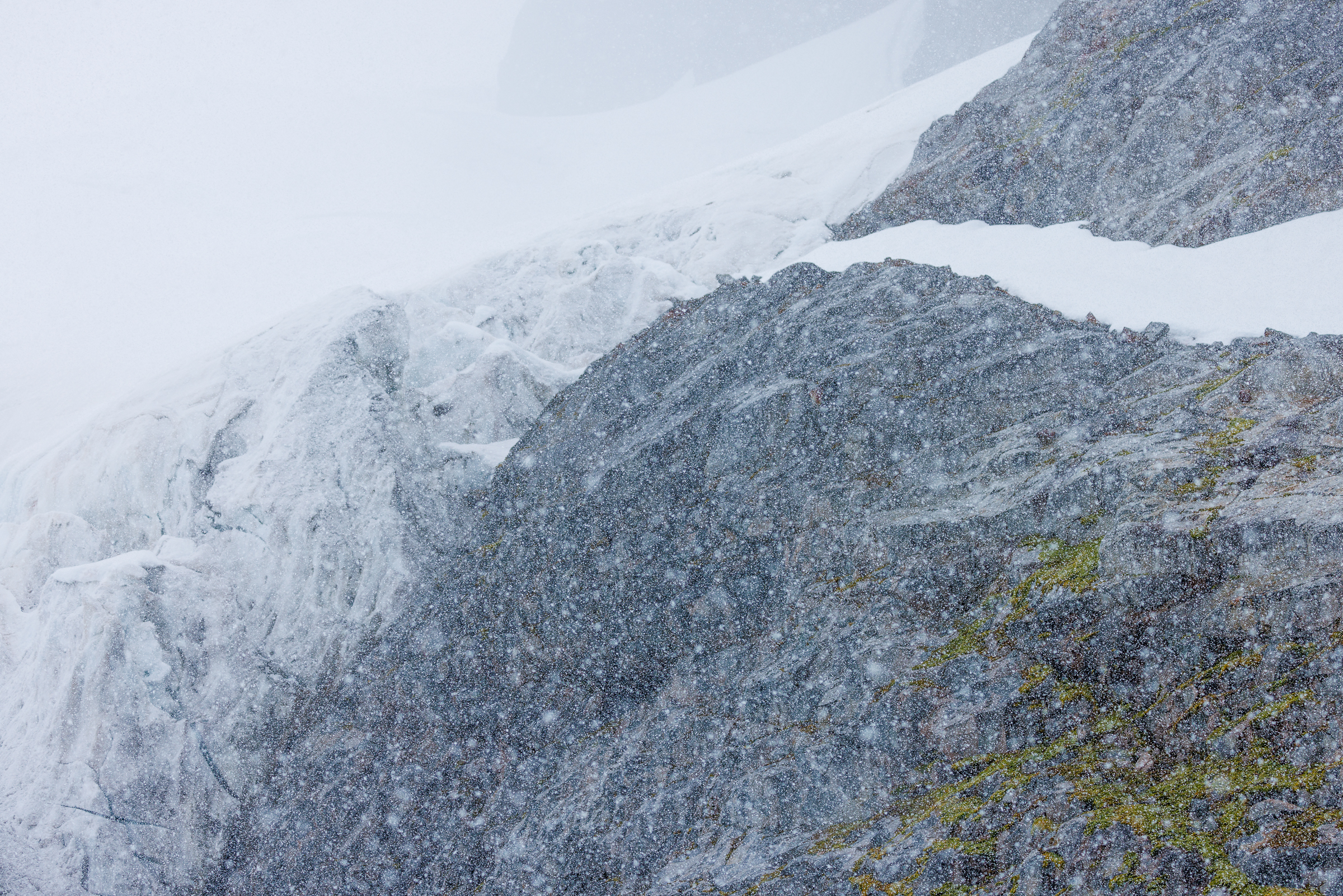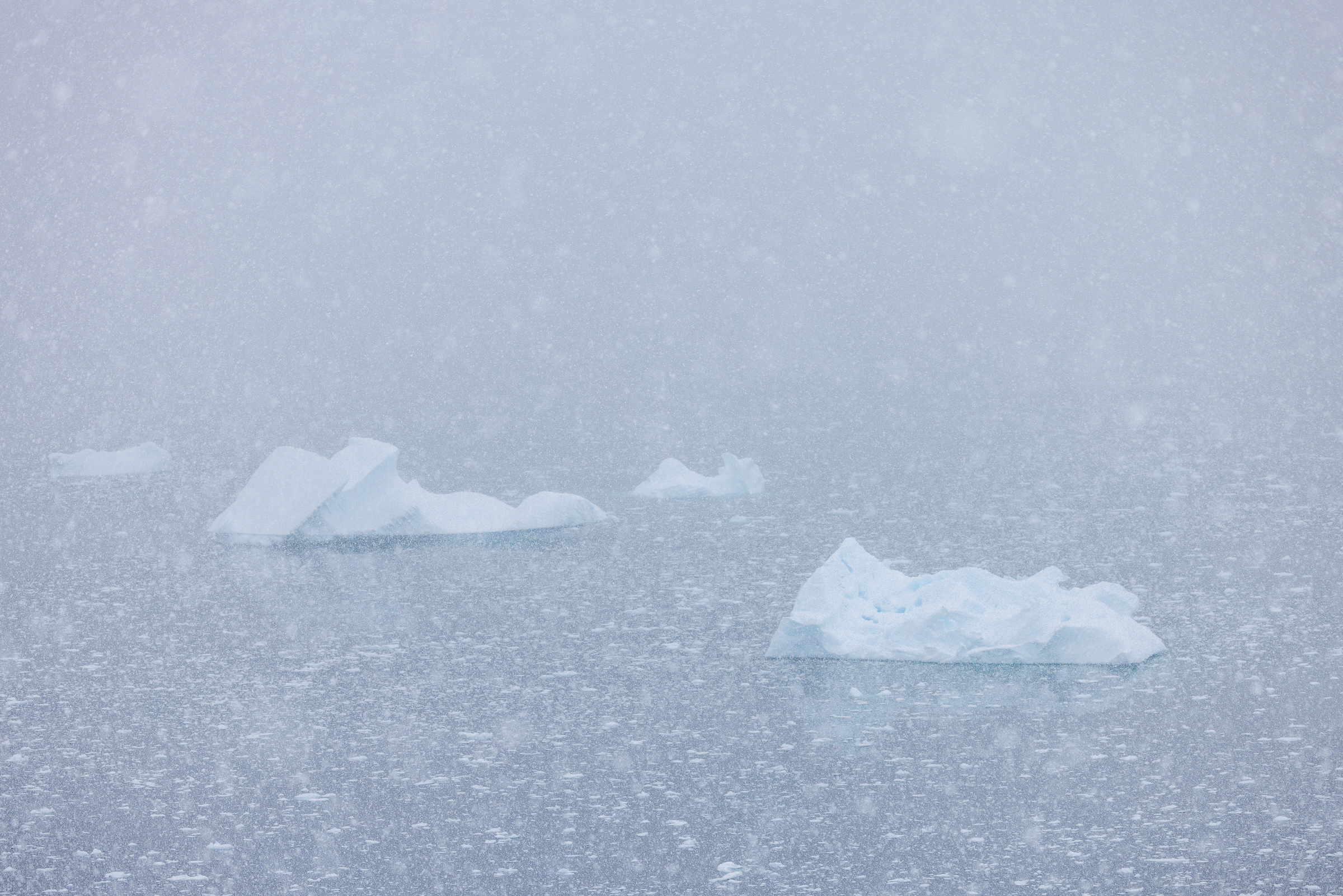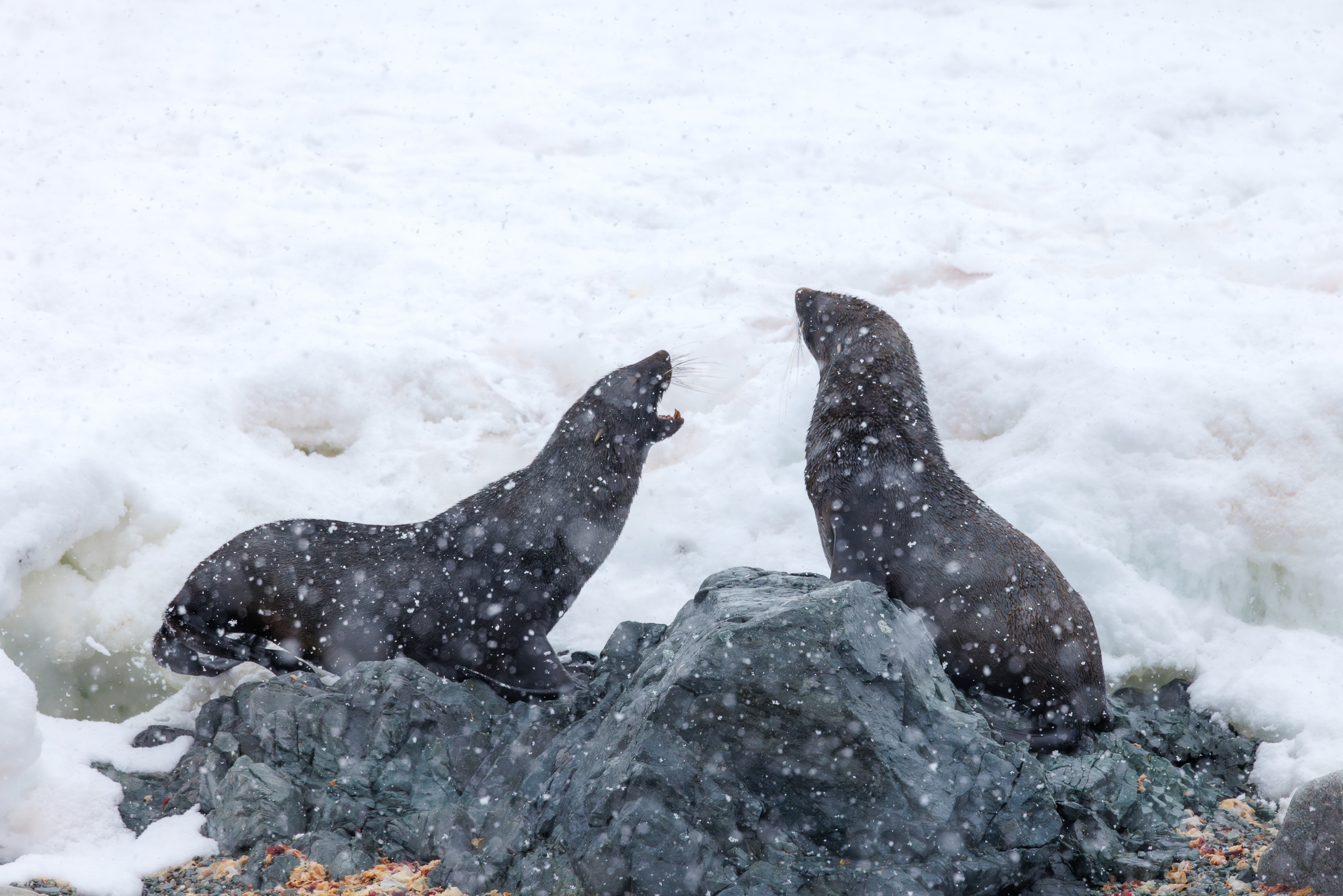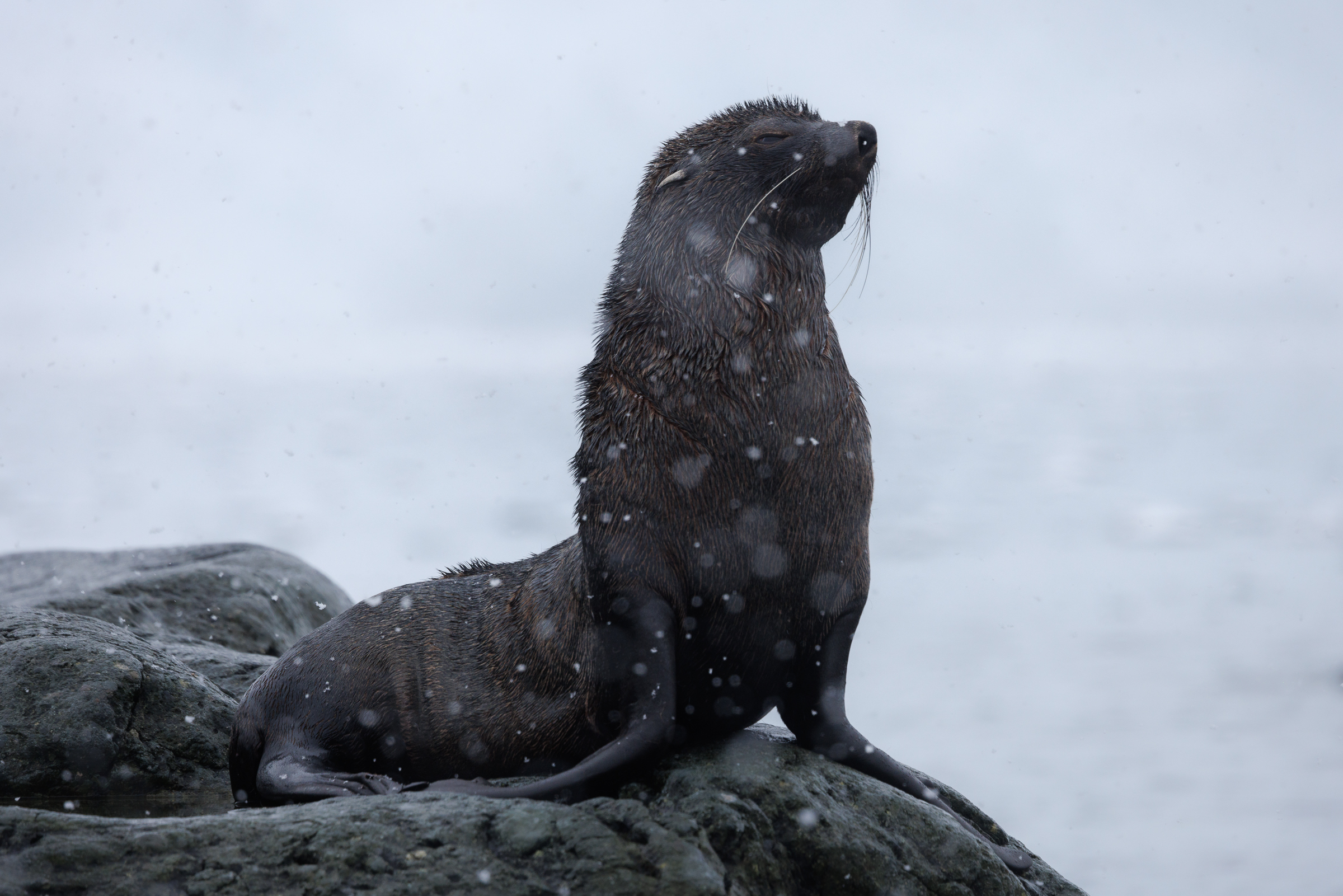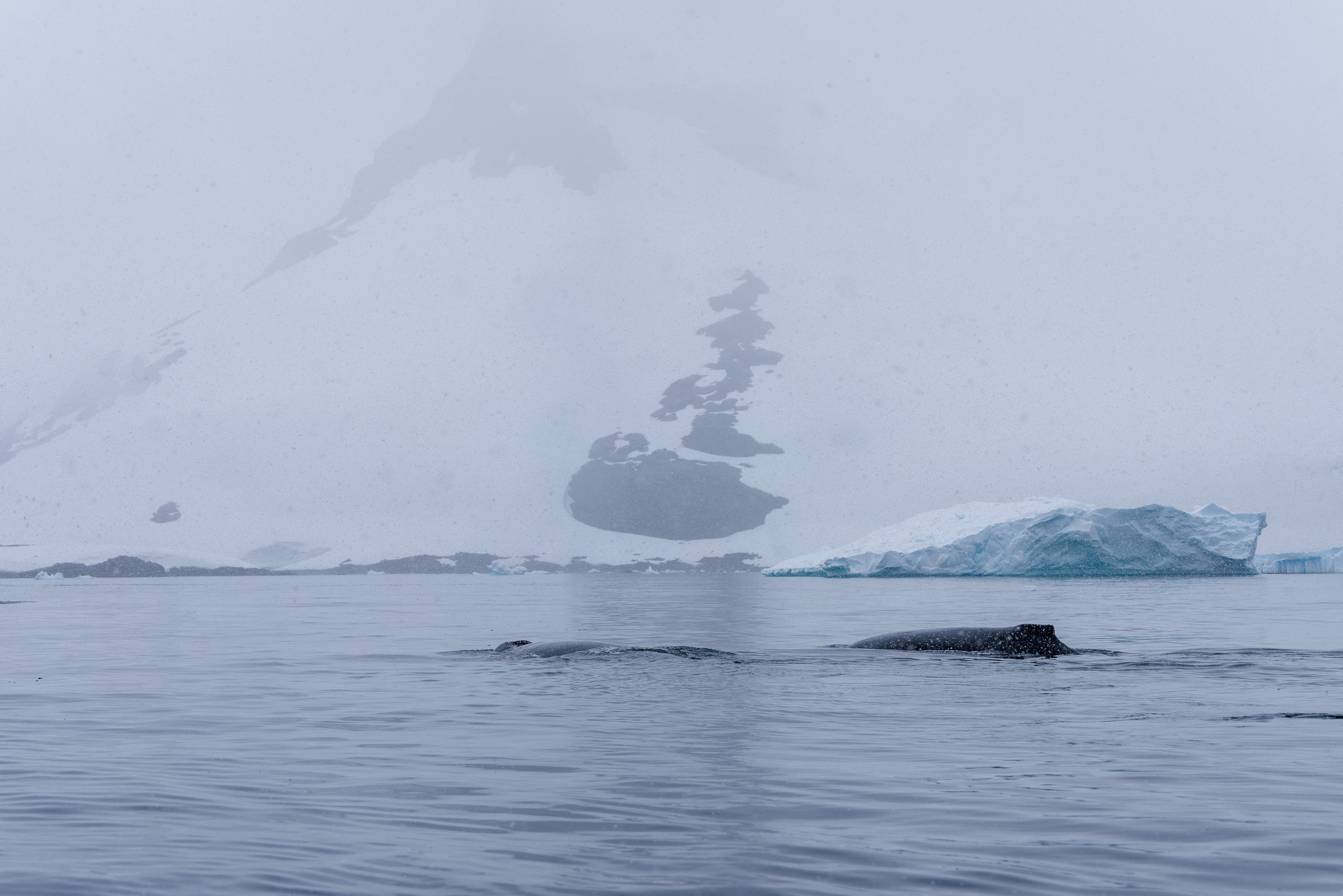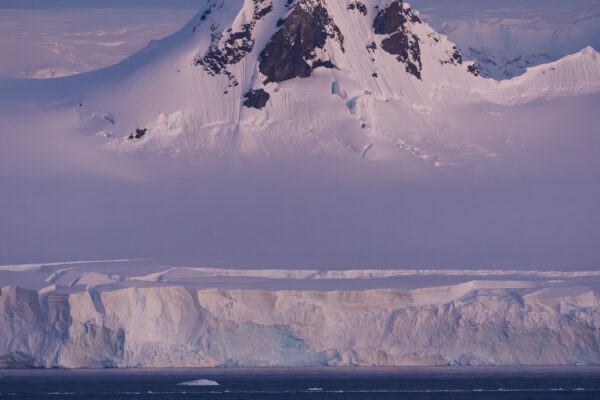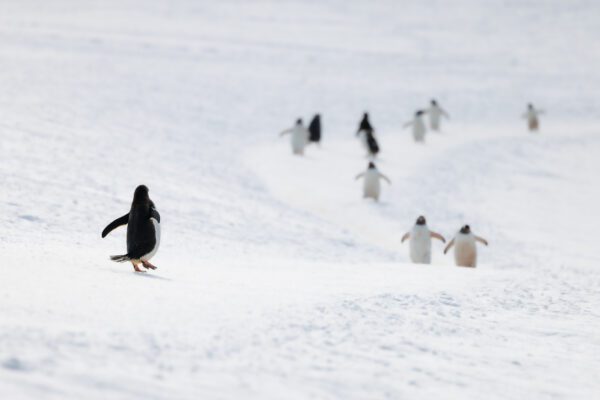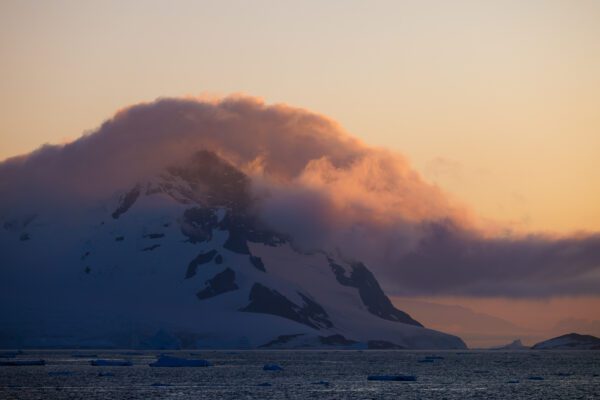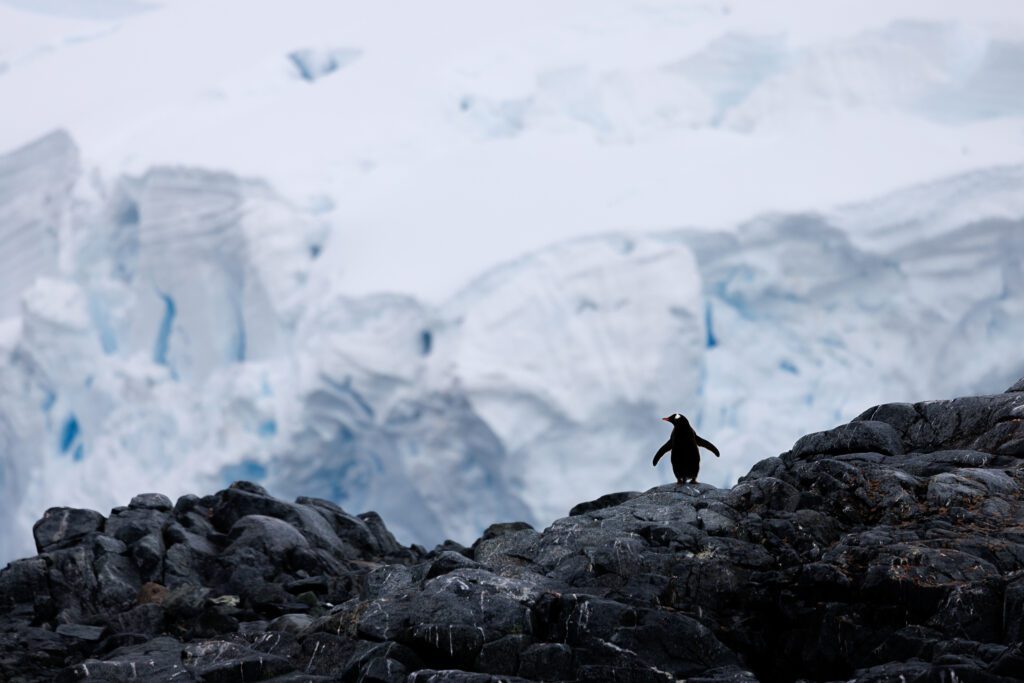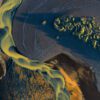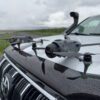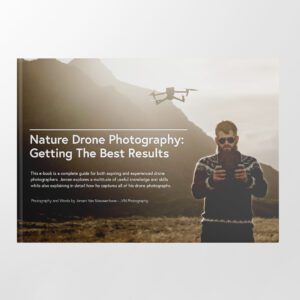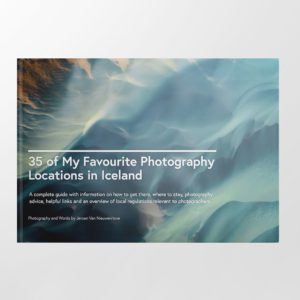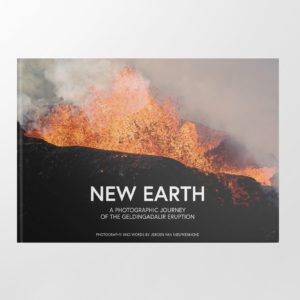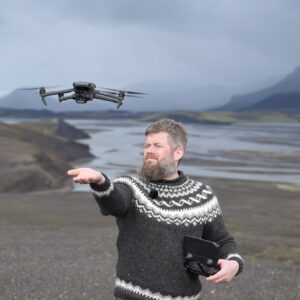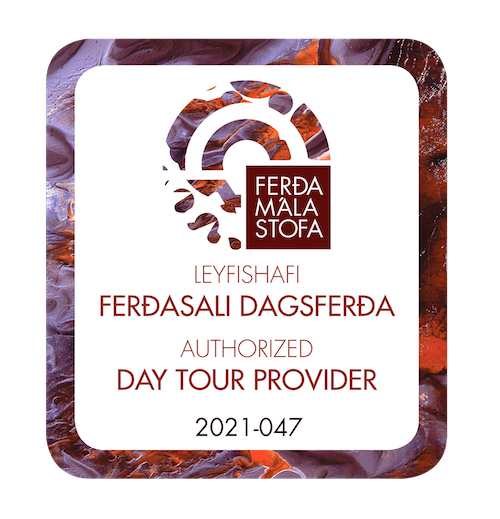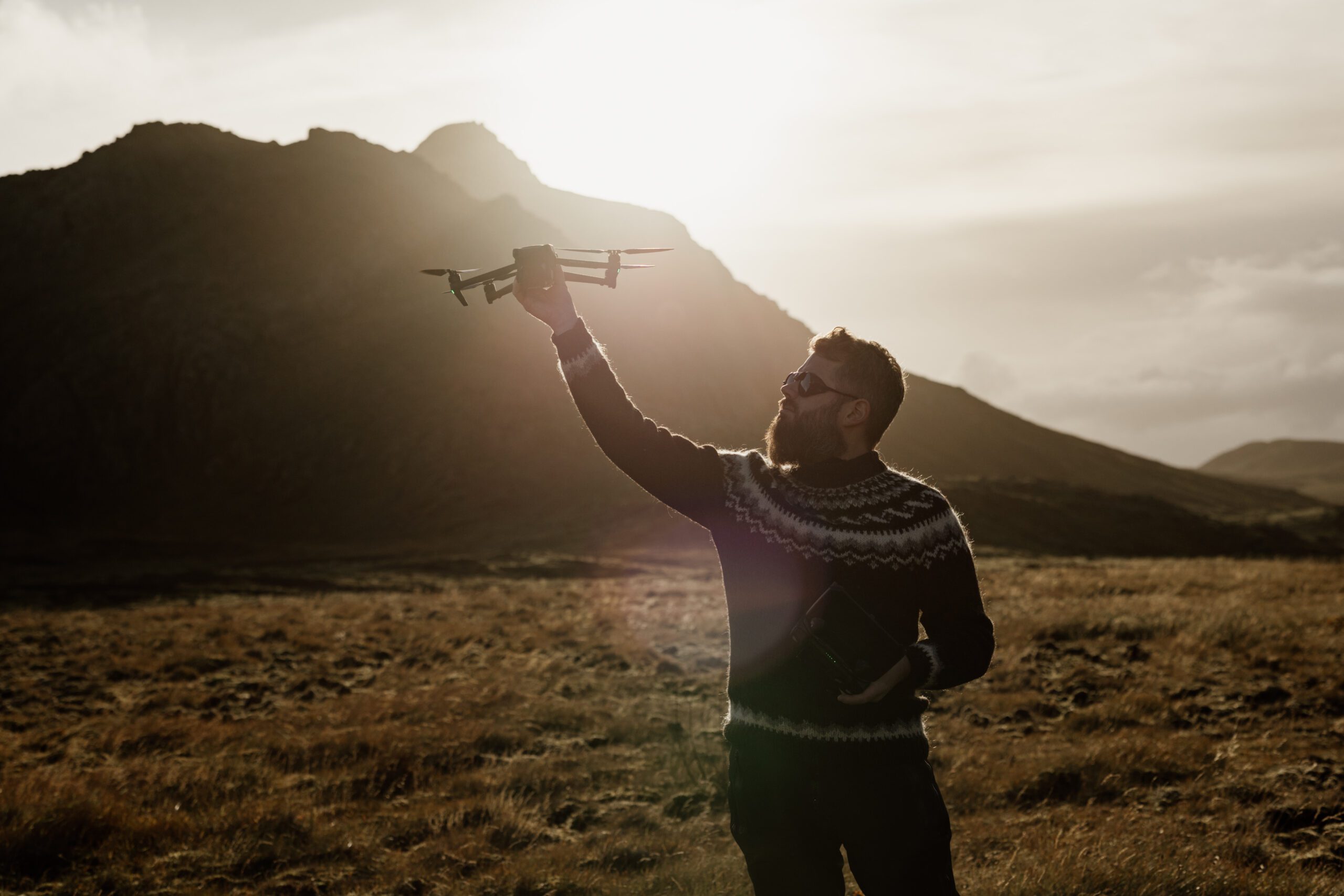Disclaimer
It has been quiet on my website and truth be told, this blog has been a long time in the making for me. The last weeks and even months have been some of the busiest in my life. I have been covering the ongoing eruptions at Svartsengi in Iceland non-stop, hosted two photo workshops, went to Antarctica & Patagonia, travelled for work to Norway & Belgium, and more. This will be the first article in a two-part story about the Antarctic photo expedition I was a part of last February. There was simply too much to talk about to keep it short. I hope you enjoy it!
At the end of 2022, my friend Nigel Danson reached out to me asking if I wanted to join as an additional photography lead on a once-in-a-lifetime photography workshop. The location? The white continent: Antarctica. I was genuinely stunned this opportunity came my way and, of course, I said ‘Yes!’. Having the chance to see one of the most enigmatic places in the world firsthand would be a childhood dream come true. I still remember browsing through travel brochures from a specialised travel agency when I was 11 years old. I was utterly captivated by the thought that it was possible to see and be in Antarctica yourself.
For almost one and a half years I looked forward to this unique photography expedition until the moment finally arrived last February. Together with Nigel Danson, Mads Peter Iversen, James Popsys, Adam Gibbs, Rachel Bigsby, Rick Bebbington and Dani Connor we arrived in Punta Arenas (Chile) after almost four full days of travelling (it’s a REALLY long way from Iceland), where the photo workshop was set to begin that same evening. This is where this story begins…
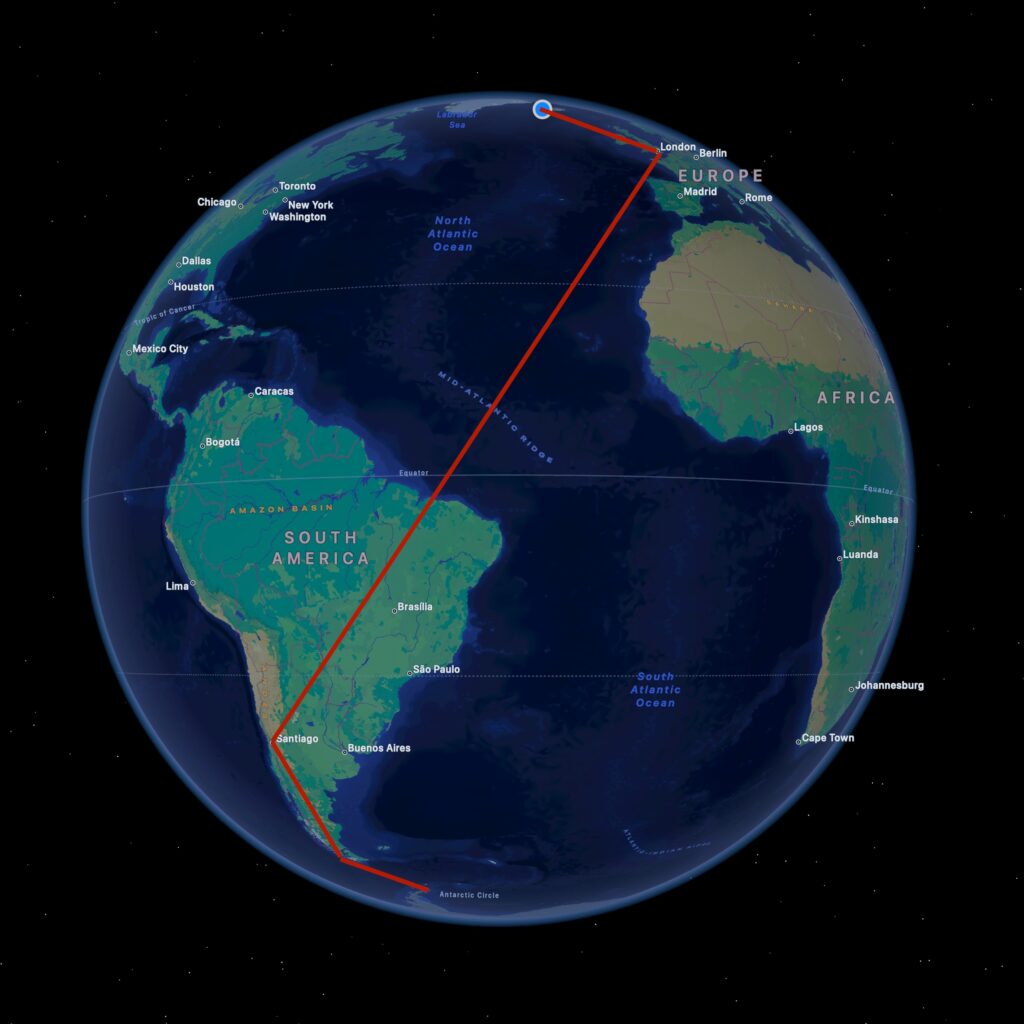
I had quite the trip ahead of me consisting of four flights spread over four days of airports and airport hotels.
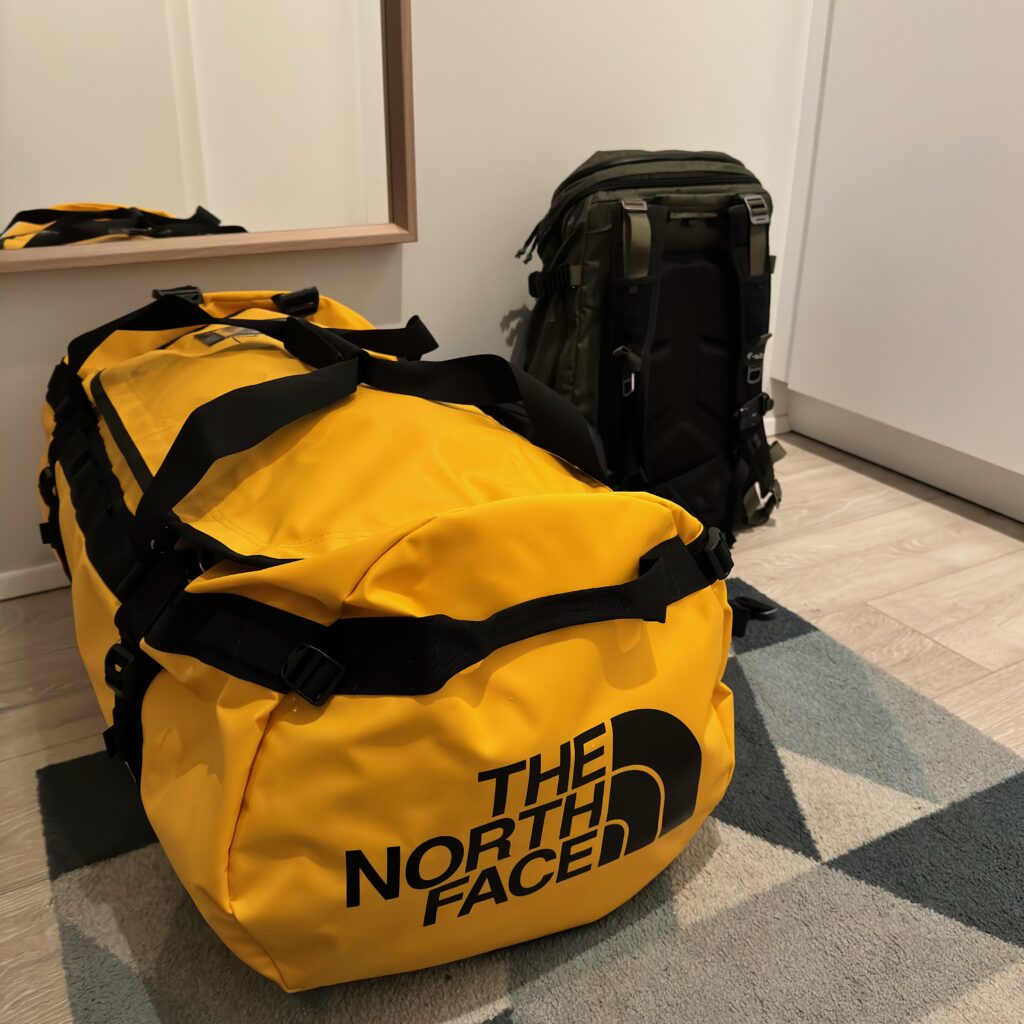
Packing my luggage for this trip was somewhat of a nightmare. I wasn’t just packing for Antarctica, I was packing for Patagonia too. In total, I spent almost 4 weeks away from home.
What Photography Gear Did I Bring On The Antarctica Trip?
But before delving into the actual trip, I want to share with you what I brought with me to Antarctica in terms of photography gear. Packing for this trip was very, very challenging due to the weight constraints of the flight to the Antarctic Peninsula (7kg cabin luggage and 20kg hold luggage). I constantly ran in circles with my thought process on what lenses to bring, and whether I needed a different backpack due to the weight and size restrictions, … But I finally went with my gut and didn’t feel like I missed out in the end.
For this unique opportunity, I decided to bring my usual photography gear containing a Canon EOS R5, the ultra-wide Canon RF 14-35mm F/4 (which I barely used but needed on the following Patagonia trip) and my beloved telephoto zoom Canon RF 100-500mm RF F4.5-7.1 – together with the RF 2x teleconverter. Additionally, I also brought my newest addition, the Canon RF 24-105mm RF F/4 and a spare Canon EOS R5, which was kindly lent to me by Canon Benelux.
Finally, I brought the DJI Pocket 3 and a set of DJI Mic 2’s. I ended up not recording much with them because I was so invested into the photography side of things, which I regretted not doing more. However, I do feel that by focusing my energy on one thing, and doing that well, I came away with better results for me personally. All my gear was packed into the f-stop Ajna DuraDiamond. I picked that backpack due to its smaller size. My main concern was the size for the limited space in the overhead compartments of the flights to and from Antarctica. In the end, it was a worry I didn’t need to have as I could have brought a bigger bag such as my f-stop DuraDiamond Tilopa. To have a tripod on the trip, I brought the Peak Design Travel Tripod as it’s compact and lightweight. I mainly brought it for the Patagonia trip afterwards as I didn’t need or use my tripod in Antarctica.
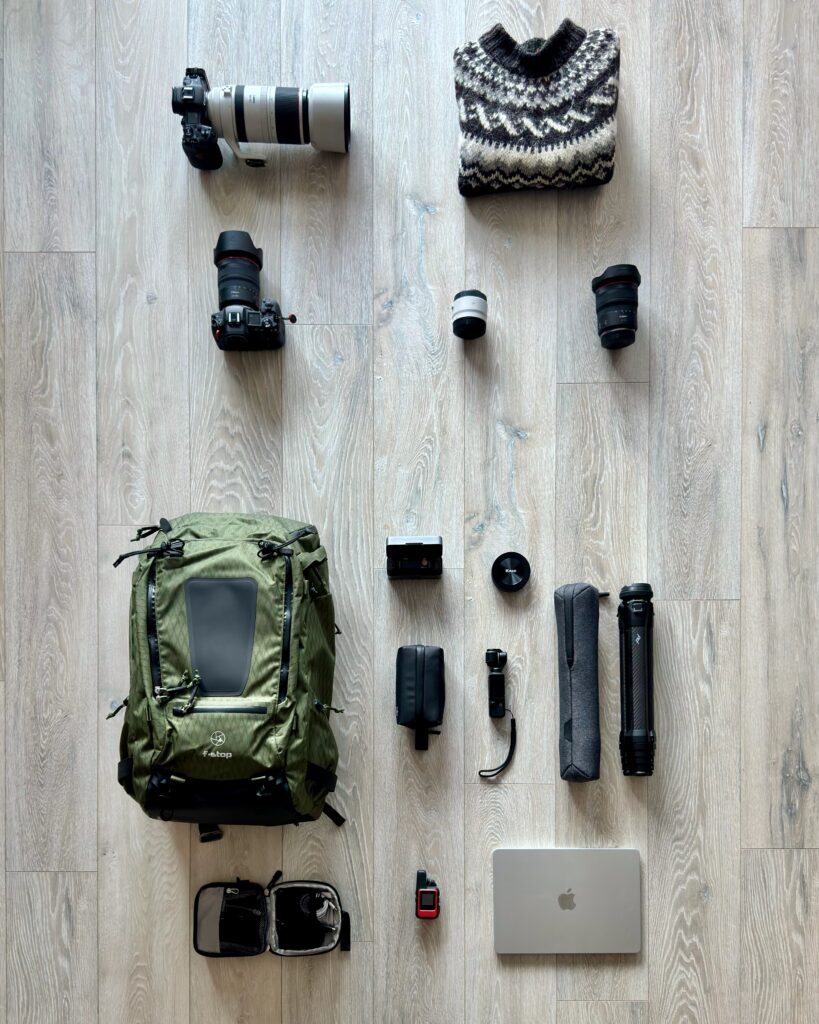
I took this photo to post on my Instagram story. After it, I ended up switching out my backpack for the f-stop DuraDiamond Ajna but kept all the other gear in my bag.
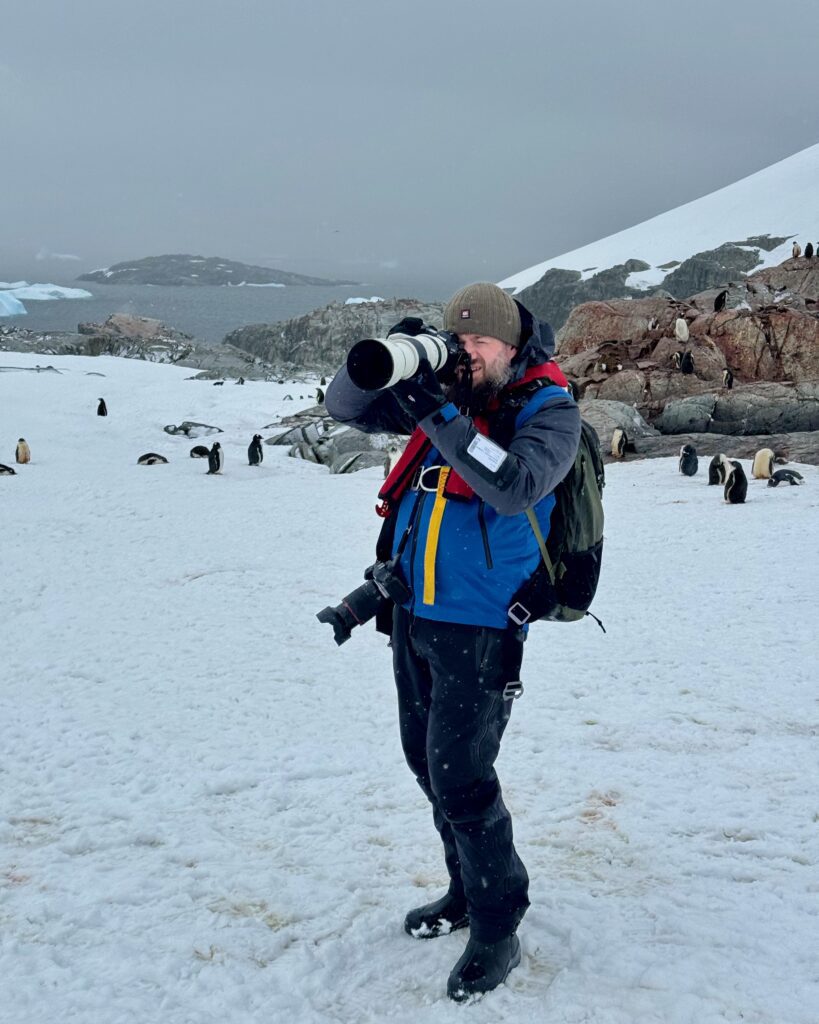
During my stay in Antarctica, I used the Canon RF 100-500mm RF F4.5-7.1 roughly 90% of the time. I felt that using my telephoto lens was invaluable on this trip and I would not have wanted to have anything with a shorter range.
What About My Drone?
Believe it or not: I left my drone at home – on purpose!
The regulations involving drone flying in Antarctica are incredibly strict. As we were part of an IAATO tour operator, as the vast majority of ships operating in the area are, you need special permits which are not easily obtained. On top of that, being part of a large-scale photo workshop, it would be impossible to obtain a permit for the entire group. Some people have suggested to me in my DM’s on Instagram that it was a shame. However, to be completely honest, I didn’t miss my drone at all. Really! I was so occupied with using my ‘regular’ camera (and carrying both cameras simultaneously most of the time) that I honestly do not even feel like I missed out in any way. Looking back at the places we visited, I am not entirely sure how a drone would have added something extra to it. Perhaps the only real advantage would have been for photographing and filming some of the marine wildlife such as whales and rafting penguins.
To be clear, I have to stress again that I absolutely did not have any FOMO for not having it with me. In fact, it made packing all my other stuff surprisingly simple as we had to adhere to strict luggage weight limits. Adding another 5 kilogram of drone gear on top of that would have made this impossible.
The landscapes in Antarctica are so impressive and photogenic all of the time, that I didn’t really feel the need to use a drone on this trip. I was constantly out on deck, shooting away with my Canon EOS R5.
From 66 Degrees North To (Almost) 66 Degrees South
While it’s nothing compared to what the first polar explorers had to go through, travelling to Antarctica isn’t quite as straight-forward as you may have thought in the 21st century. Starting in Iceland, I had a lengthy journey ahead of me. I first had to get to where our Antarctica expedition began: Punta Arenas in Chile. Punta Arenas is one of the larger settlements, located all the way down in the southernmost tip of South America. From my home, it takes about four days of travelling to get there.
From Keflavík to London, onwards to Santiago in Chile (a nice break from the freezing cold Icelandic winter I might add) and finally the last leg to Punta Arenas. All in all, I spent almost a whole day in the air just to get to the starting point of our journey. I say ‘starting point’ because from Punta Arenas, we would board a special Antarctic Airways flight to King George Island, which is a part of the South Shetland Islands: the gateway to the Antarctica and the Antarctic Peninsula.
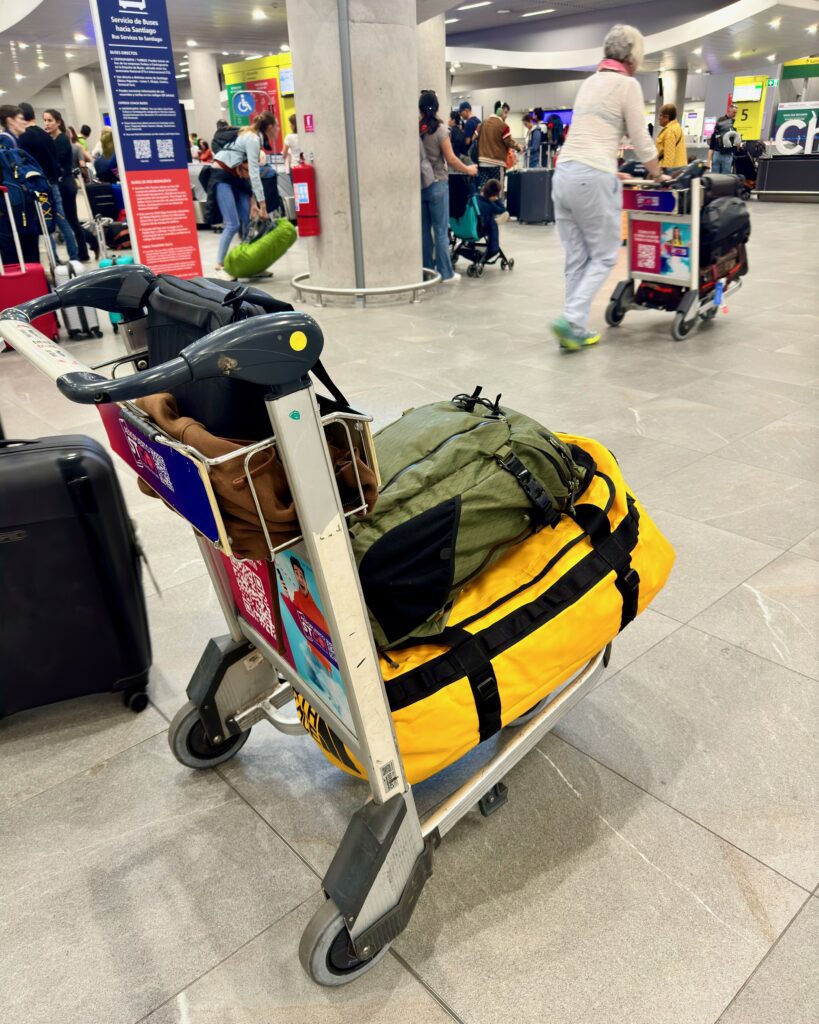
Four days of travelling through airports: it’s a price to pay with a high reward when you’re travelling to Antarctica.
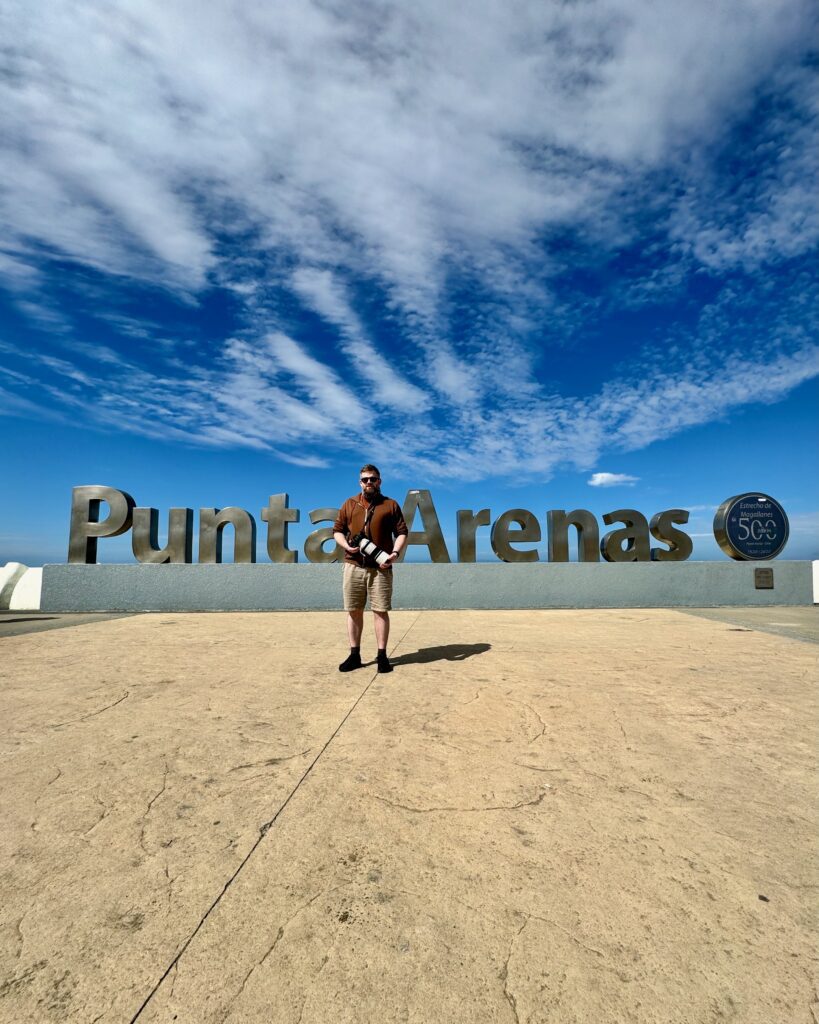
It felt so great to finally arrive in Punta Arenas! I even took out the shorts because the temperatures were pretty much just like Icelandic summer weather dictates (+-15 degrees Celsius).
A Delayed Beginning
Once we arrived at the hotel in Punta Arenas, it finally began feeling real. We encountered the first workshop participants and began the check-in process for the final leg of the journey: Punta Arenas – King George Island. The excitement levels were very high: we were really going to Antarctica! That evening we met up with the workshop participants to introduce ourselves to them. This was followed by a presentation from Aurora Expeditions whose expedition ship we would be calling home for the next 12 days. During that presentation, it became clear that we weren’t quite in Antarctica yet… Due to an unfavourable weather forecast for King George Island (meaning the cloud cover may be too low), it wasn’t clear whether we were going to leave Punta Arenas the day after. However, as I am used to in Iceland, the weather conditions in Antarctica are unpredictable and change fast so there was still a shimmer of hope. Even today, with all the technology we have, travelling to Antarctica is not straightforward. You never truly know when you will leave or, spoiler alert, when you will return as we would find out later.
The morning after, during breakfast, we received the unfortunate news that the cloud cover wouldn’t improve that day, which meant we wouldn’t be able to land at the airstrip on King George Island until the next day. This meant we would be stuck in Punta Arenas for at least another day. We quickly pivoted to make the most out of it. We organised a few photography-focused presentations and went out for photo-focused walks but let’s face it, everyone was focused on whether we would leave for Antarctica the next day…
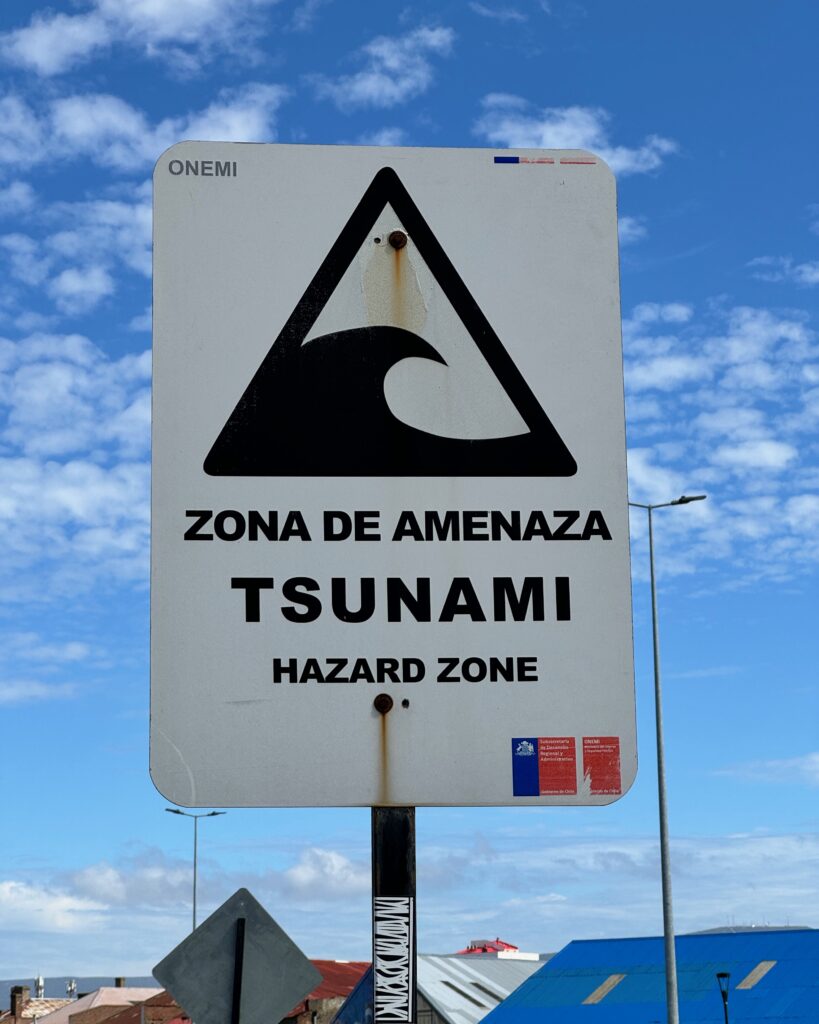
Having never been to South America, everything was new. The thing that immediately struck me were the abundant tsunami warning signs around the Punta Arenas coastline, something that I have never seen before.
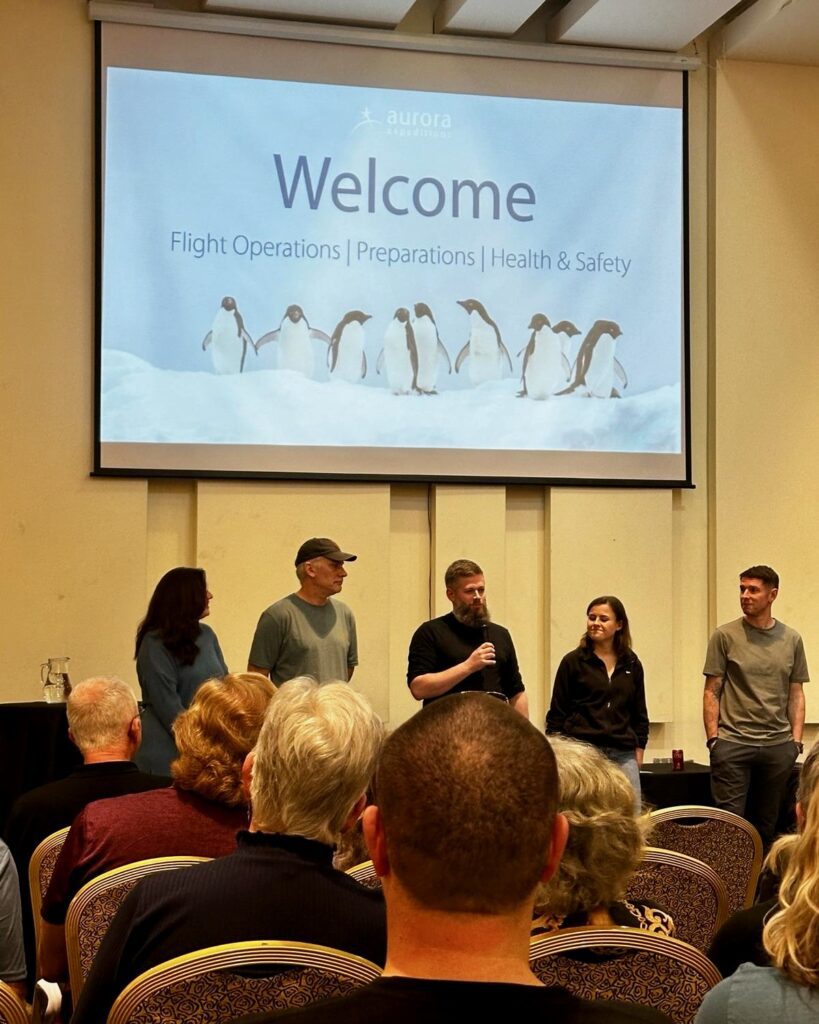
The first evening we introduced ourselves to the participants and listened to an introduction presentation by Aurora Expeditions, whose ship would be our home in Antarctica.
Finally, Onto The Last Continent: Antarctica!
At last, the day had finally come! That morning, we got the brilliant news that we would leave for the Punta Arenas airport that same morning. After a short bus ride, we arrived all packed and dressed up for polar conditions at the airport where we checked in for probably the most unique flight any of us had undertaken: the Antarctic Airways flight to King George Island. Just a few hours after checking in, we were on our way to the southernmost place we would have ever been in our lives.
After a two hour flight above a blue wasteland, we finally started seeing land: the South Shetland Islands. As we began approaching the airstrip at the Bellingshausen army base, we were left in awe by the large icebergs and stunning landscapes below us. Shortly after landing, we drove in a small bus towards the landing site where we got a first glimpse of the Antarctic wildlife: a flock of Gentoo Penguins. I don’t know what I was expecting but I didn’t think we would see penguins in literally the first minutes of being there. At the landing site, we fitted muck boots and a life jacket so we could board a zodiac taking us to our expedition ship, the Sylvia Earle.
Once on board, we were welcomed by the crew, dropped our gear off in our cabin and went through the mandatory safety briefings. Immediately, the ship began sailing out of the sheltered bay near the airstrip to head as far south as we would attempt to go on this expedition. Our first goal: crossing the Bransfield Strait and reaching the shores of the Antarctic Peninsula.
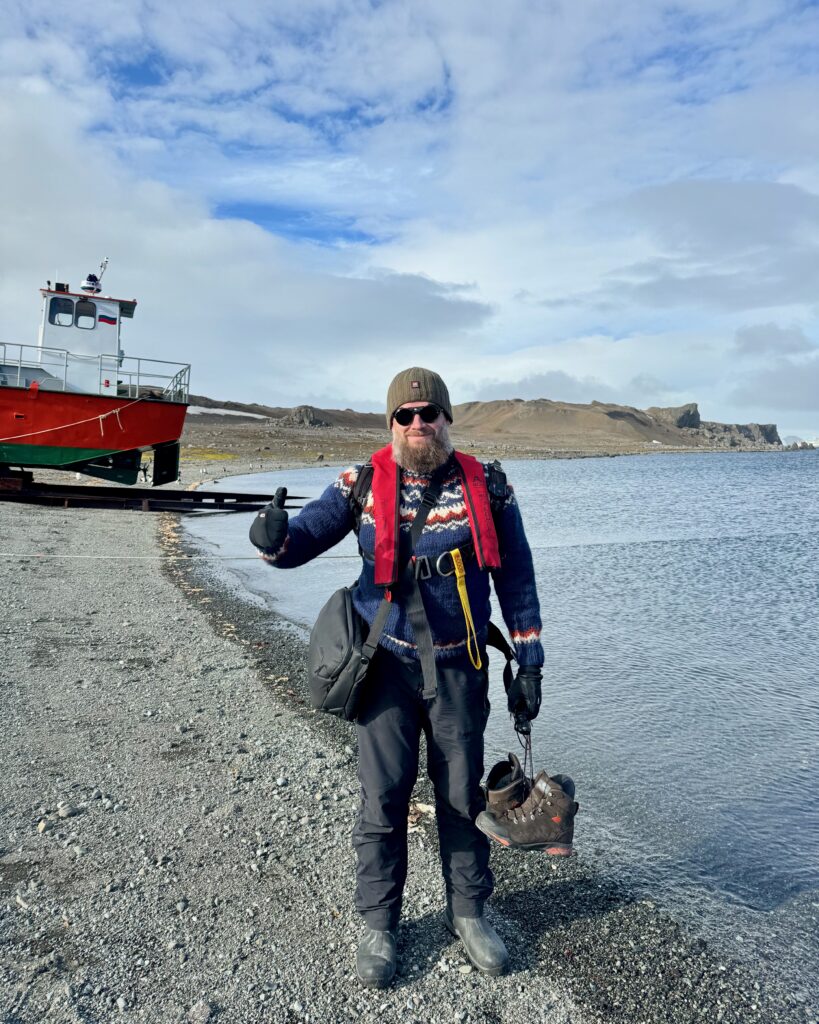
Standing on the shores of the South Shetland Islands, waiting for our zodiac to take us to the Sylvia Earle. In the background you can spot a few penguins.
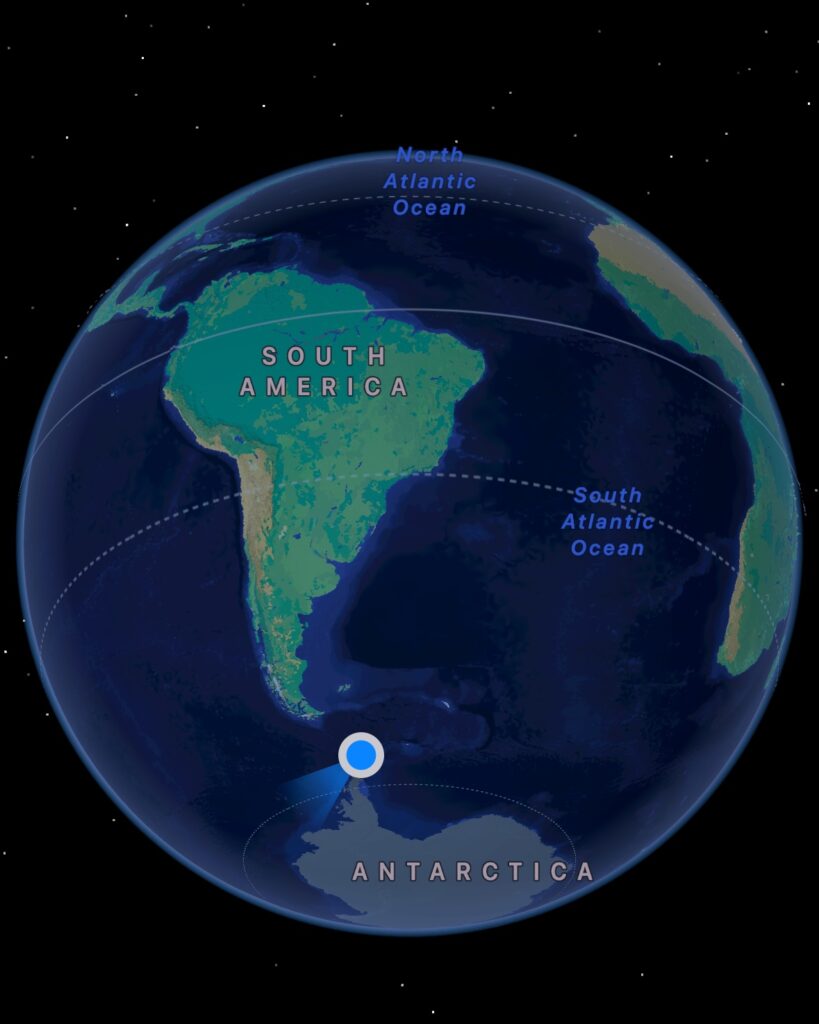
I kept taking screenshots of the maps on my phone to really grasp where we were and how far I was from home.
Gorgeous Sunrise, Epic Landscapes & Orcas: All In One Morning
The first night on board the Sylvia Earle was pretty rough for someone like me who hasn’t spent much time out on the ocean. We sailed along the South Shetland Islands, past Deception Island (which we would visit at the end of the trip), and began crossing the Bransfield Strait, which put us out on the open ocean. The swell was pretty decent and sailing across was bumpy, which meant I didn’t really get much sleep. Although it could also have been the excitement of finally being in Antarctica.
As soon as dawn broke, I grabbed my camera gear and headed out in hopes of seeing a glimpse of the majestic landscape I knew was out there somewhere. It quickly became clear that I wasn’t the only one with that idea, even though it was only 5 am. It seems the ocean hadn’t been too kind to most of us but we were all about to forget that once the first icebergs started being lit up by the rising sun. This sunrise shoot was one of my favourites throughout the whole trip. Perhaps it was the fact it was the first one, or because of the foggy and hazy conditions, but it was absolutely incredible. The light was just right, the icebergs were equally stunning, all with an incredible epic backdrop of mountains towering 1000 metres above the sea level we were on. Showing that scale proved to be very difficult in Antarctica as everything was so big that often you wouldn’t even see the elements that provided scale in the photo, such as birds soaring past.
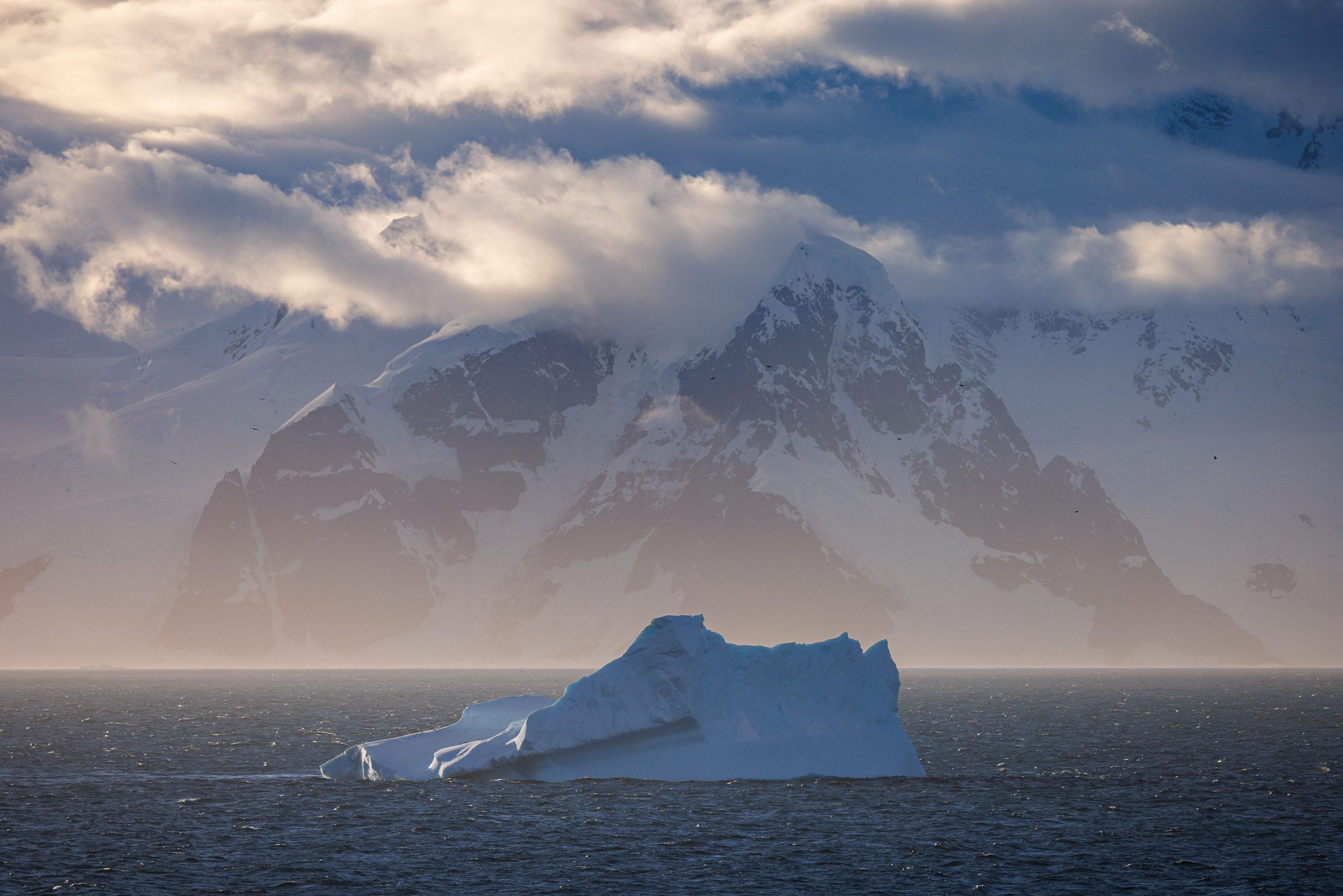

To show you some elements of scale, I decided to crop into this image so you could see the little black specks which are birds flying by the iceberg.
There was only one ‘problem’: how can you put your camera away and have breakfast when something so undeniably beautiful and epic is out there to shoot?! I stayed out until 8am, or until I essentially got too hungry to shoot. Not 5 minutes after I sat down for breakfast, an announcement was made over the ship’s intercom: “There are orcas swimming along the ship!”. I grabbed my camera and ran out of the first door I could find to admire seeing these black and white giants in the grandeur of the Antarctic landscape. Everything was happening really fast, the ship was cruising along and the orcas were everywhere.
That was when I realised how intense and exhaustive this Antarctica expedition was going to be. It was vital to know where you could get out on deck wherever you were on the ship, to never put your camera away, to ‘waste’ as little time on eating and to never skip a sunrise or sunset. There were endless things to photograph and we were only there for a limited amount of days. I set myself the goal to be outside as often as I possibly could be without actually crashing with exhaustion.
The Strict Rules Of Visiting Antarctica
After that crazy morning session, we began approaching our first landing site: Recess Cove. Whilst we were approaching Recess Cove, I headed out on deck to try and spot humpback whales. During lunch, some people had already seen a few of them and even saw them breach. While I didn’t see any whales, I did manage to get a few great photographs of a landscape which we would not see again later that day as we would soon be shrouded in heavy snowfall. It is Antarctica after all.
Before getting into the zodiac, we were reminded of the strict rules we had to adhere by, which were even more strict due to the fear of avian flu arriving on continental Antarctica. We were, for example, not allowed to put anything on the ground other than our own feet and a tripod. Everything that touched the ground had to be put into a disinfectant bath before and after a landing to avoid spreading any contaminants between landing sites, speeding up the spreading of avian flu. Additionally, landings were limited in time to further decrease any impact we may have on the nature and the wildlife. Later during the trip, I also learned that every landing site, and even some passages, have to be booked in advance so not more than one ship can be at the same location at any given time to limit the impact on the surroundings.
Let’s get one thing out of the way: I am well aware that I could choose not to go to Antarctica and that not visiting Antarctica at all means not having any impact either. However, I do feel strongly about access to nature and I do believe people should be allowed to enjoy places such as this as long as they abide by the ‘rules of the game’. It is possible to visit Antarctica with minimal to no impact at all. How else can we convey the message that these places such as Antarctica have to be protected if not through the power of photography?
The First Steps On Antarctic Soil
We hopped into the zodiac and cruised along the crystal blue icebergs towards the landing area. I was on one of the first zodiacs to land at Recess Cove, where a hike to a viewpoint awaited us. While the snowfall was pretty mild at first, it became heavier and heavier, which meant it obstructed most of the view. Although we didn’t get a good peak at the epic landscape, I felt the snowfall really added to the atmosphere of the area. It was dead silent everywhere and aside from the occasional bird flying by, it was devout of life. One of the guides was quick to point out to us that this wasn’t just our first landing, it was also a landing on continental Antarctica. We were on Antarctic soil.
Once we got back down from the hike, we headed back onto a zodiac for a short cruise around the area. I had already seen a few fur seals from afar whilst I was standing on the deck so I was really eager to see them up close. The wildlife encounters during this zodiac cruise were pretty incredible. Our zodiac driver took us to an island away from the landing site where none of the other zodiacs went. There we got to see multiple fur seals who were interacting heavily with each other (read as: fake fighting). They eventually even swam along and under our zodiac, which was the most curious about us humans I have seen any wildlife in Antarctica.
Our first encounter with fur seals, were these two young males who were seemingly play fighting. The snow made it tricky to focus but my Canon EOS R5 did great.
Before heading back to the ship, we overheard on the radio several other zodiacs had a close encounter with a big humpback whale. As we approached, it became clear how close this ‘close encounter’ was. The humpback whale was just floating next to our zodiac. While I didn’t feel there was a good photo opportunity, especially given the snowfall had become even heavier, it was such an incredible encounter. I have seen whales up close many times but this was really special. The surrounding silence, hearing the whale breathe, being out in the middle of nowhere in such atmospheric conditions, … It all added up to one super unique experience. Afterwards, we headed back to our ship where we relaxed after a packed first day, wondering what else may lie in our path the coming days. The expectations had definitely been set and they were not low.
Part 1: Conclusion
Here I conclude this first part in the story of the Antarctica expedition. As you can probably tell by now, I have A LOT to share about this incredible photo workshop. This experience has been one of the greatest sources of inspiration in my photography in recent years. Next week, I will aim to publish part two of my story on my blog with a lot more stories, epic landscapes, interesting wildlife and more. To keep you excited, I have included a few preview images from that blog. Stay tuned!
Read Part Two Of My Antarctica Story Now!
This blog is part of a two-part story. Curious to read what else I was up to? The second part of the story of the Antarctica expedition is live now so make sure to check it out on my blog!
Join Us On The Antarctica 2026 Photo Workshop
Are you interested in joining the 2026 Antarctica Photo Workshop? It’s now possible to sign up and join us on an epic photography adventure!
Support Jeroen’s Work
As an independent photographer, Jeroen partially relies on your support to keep producing worthwhile content such as blogs, photographs, books and much more. If you want to support his work, it is possible to do so by buying his e-books & books, prints or calendars.
You can also sign up to the newsletter to stay up to date on new blog posts, projects, workshops and other interesting information.
Thank you for considering!


